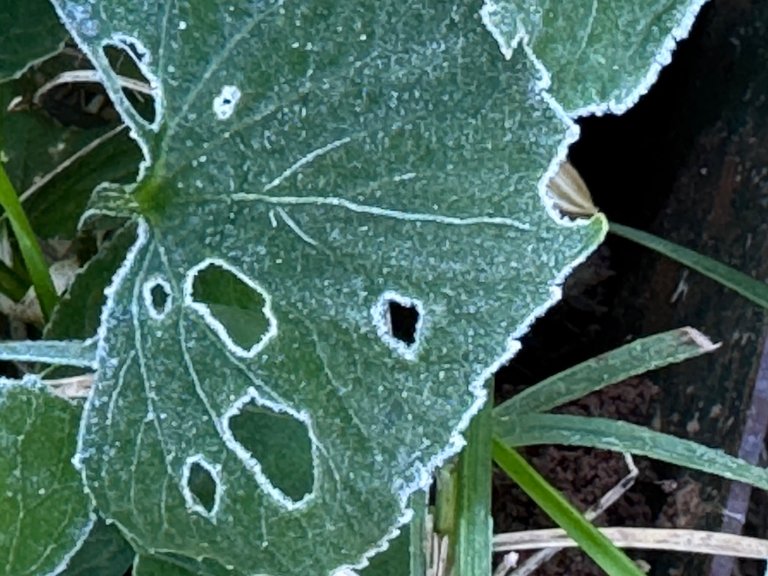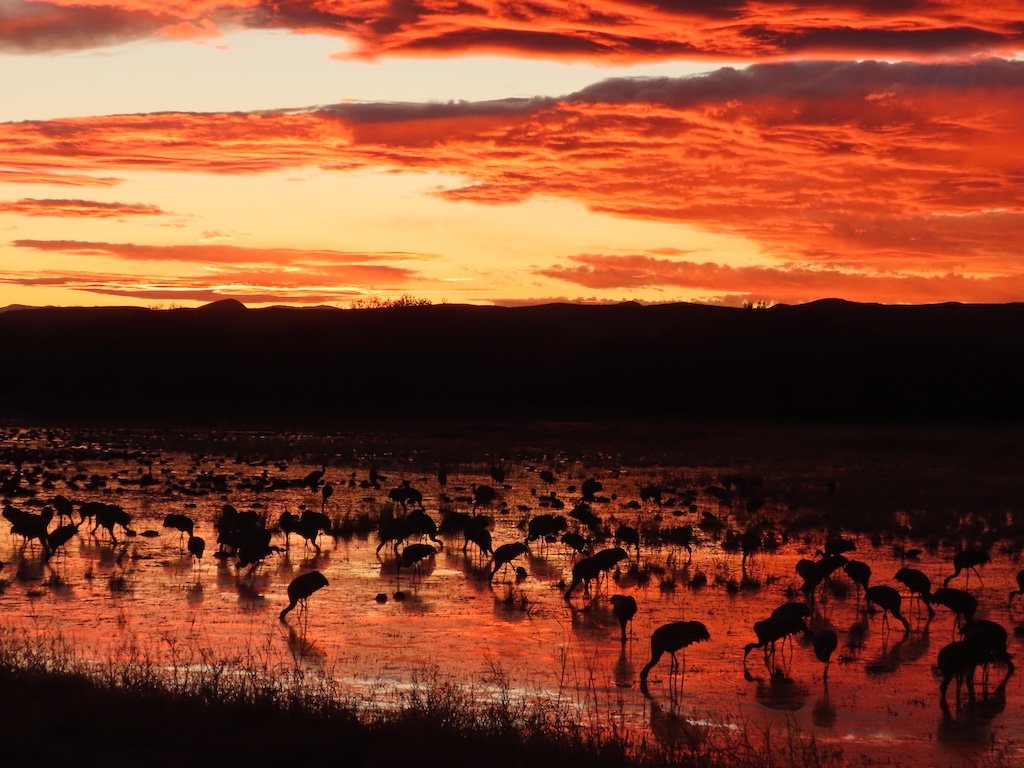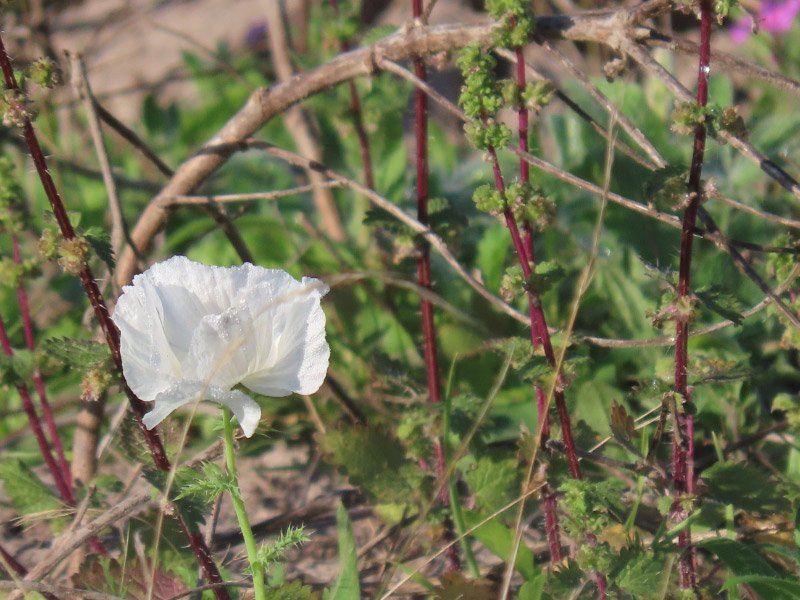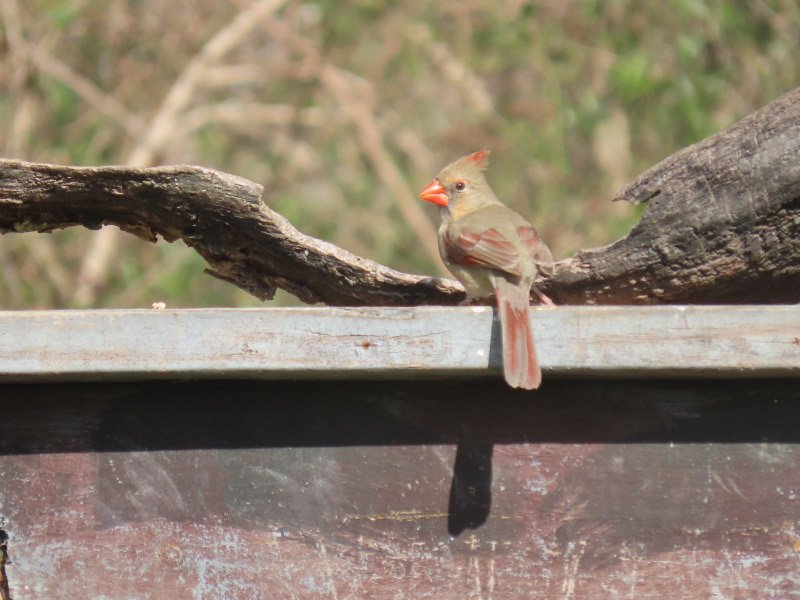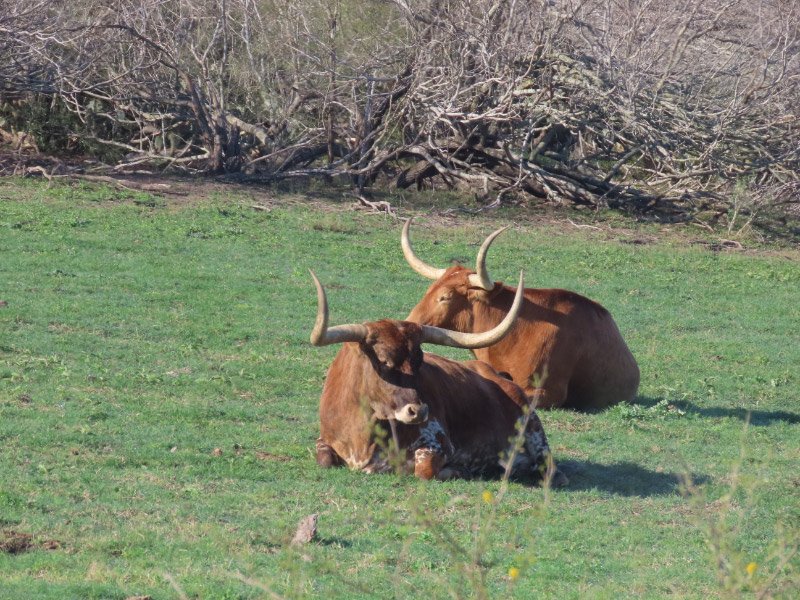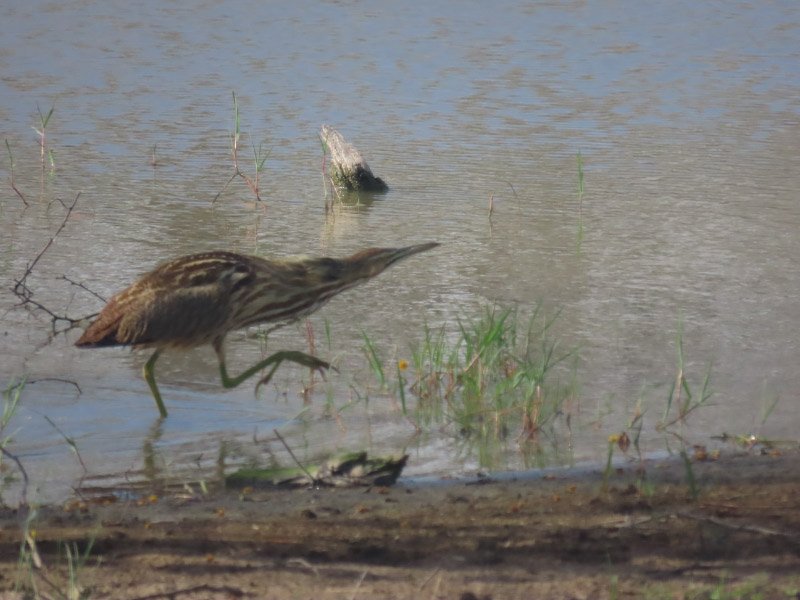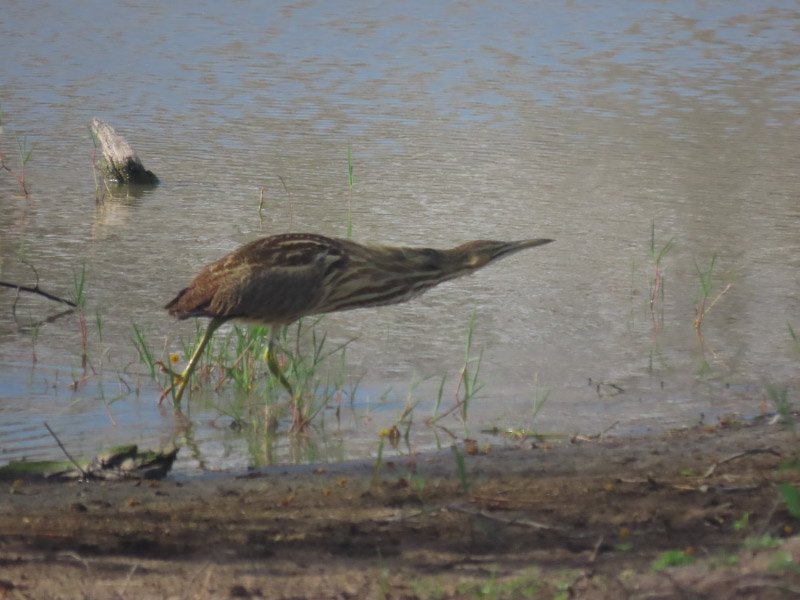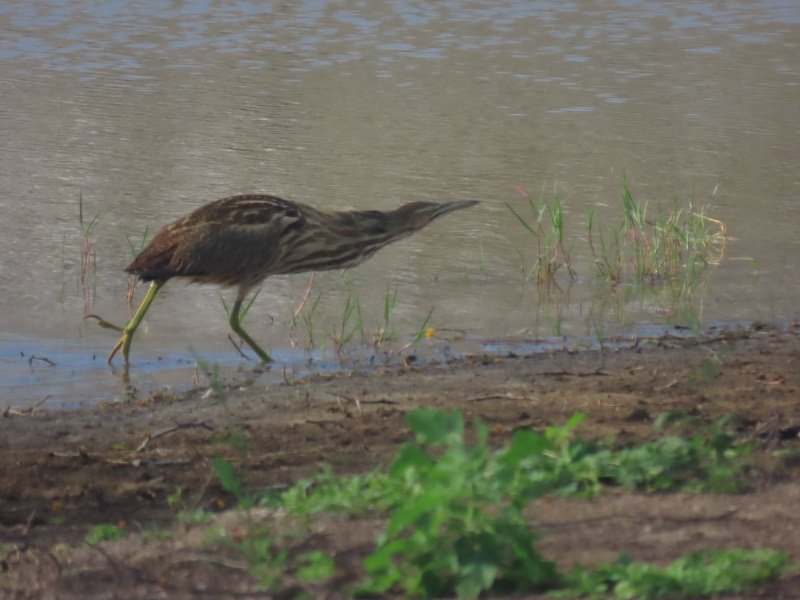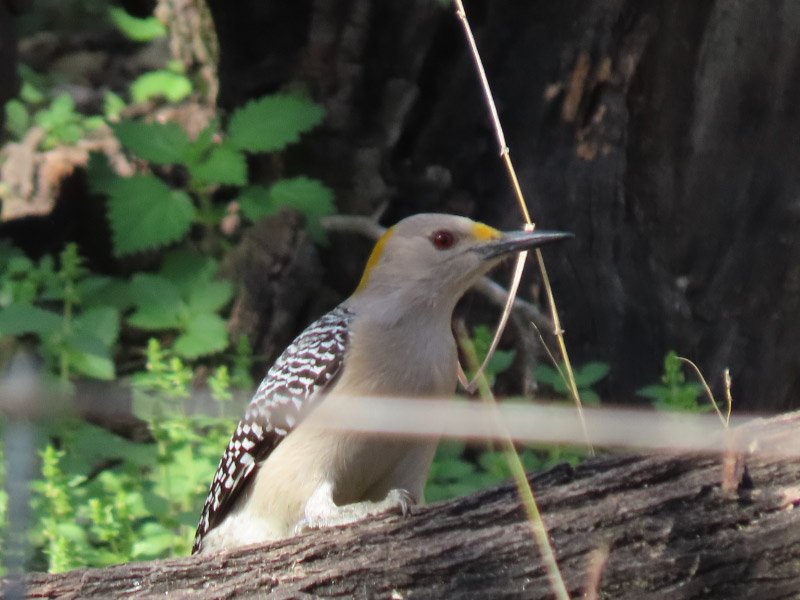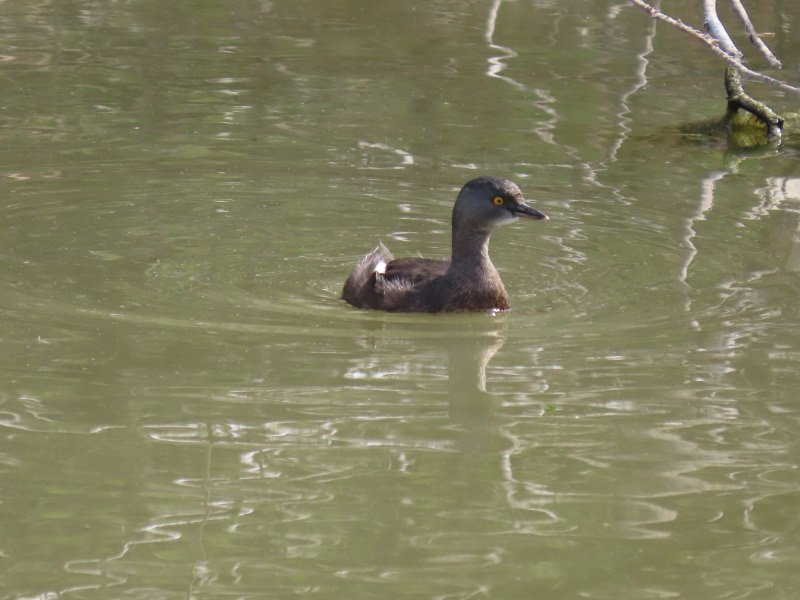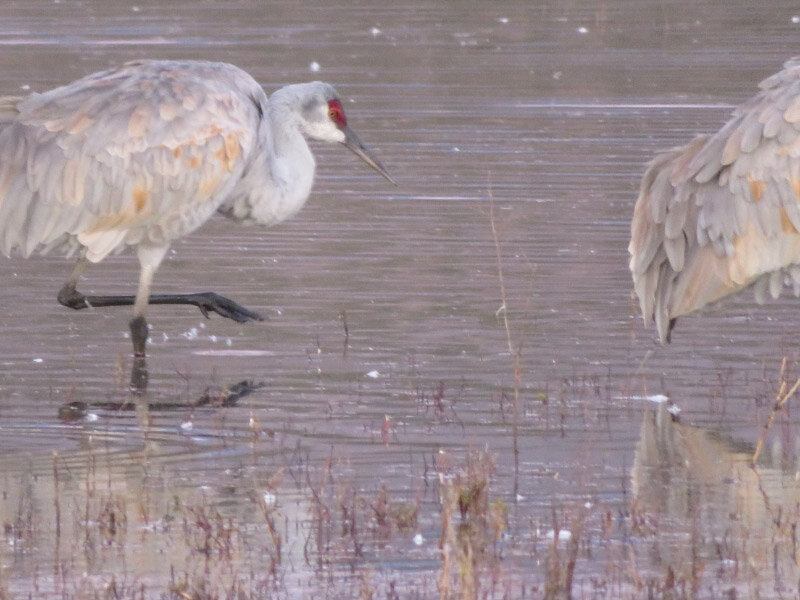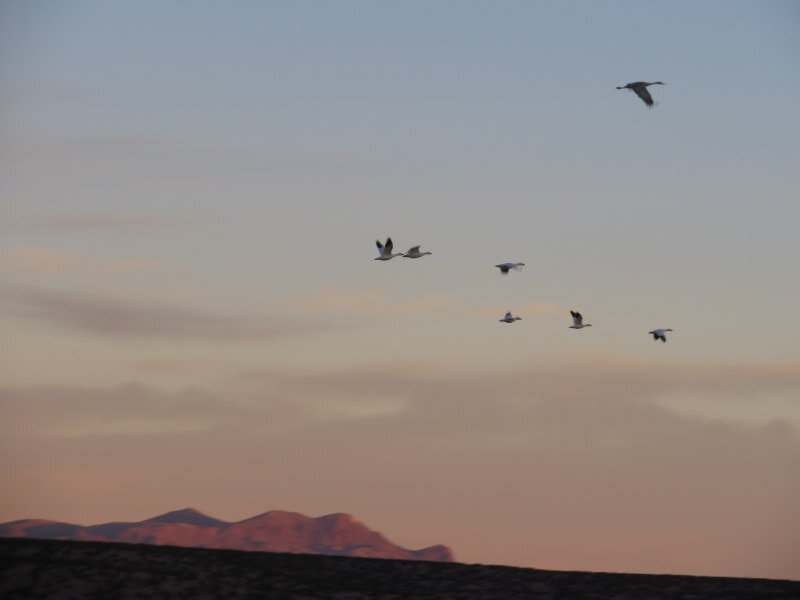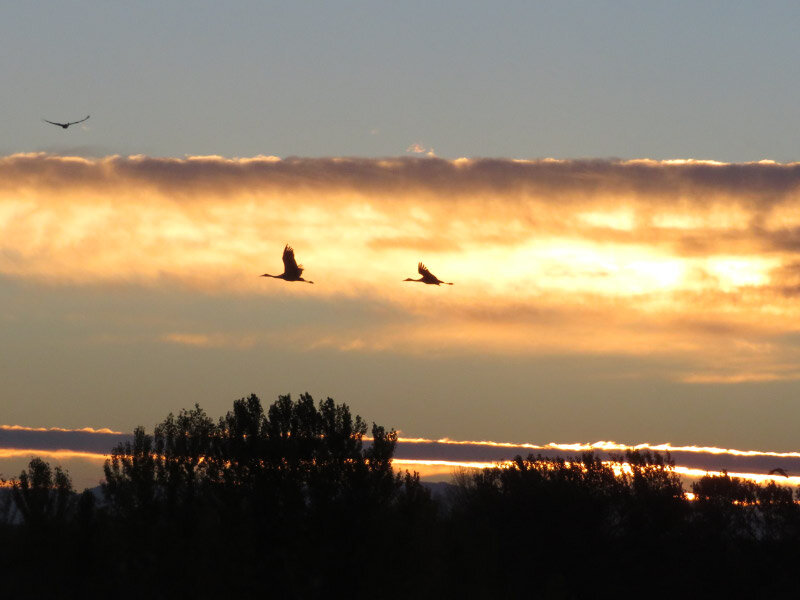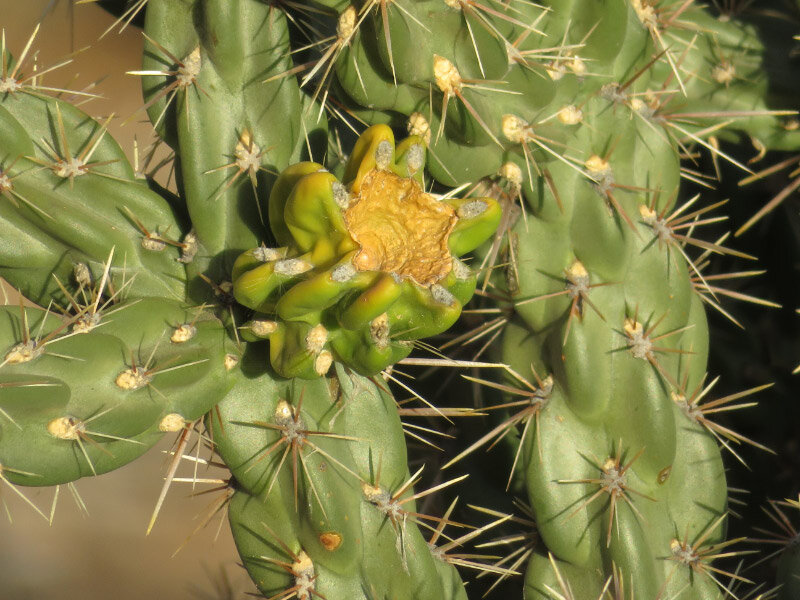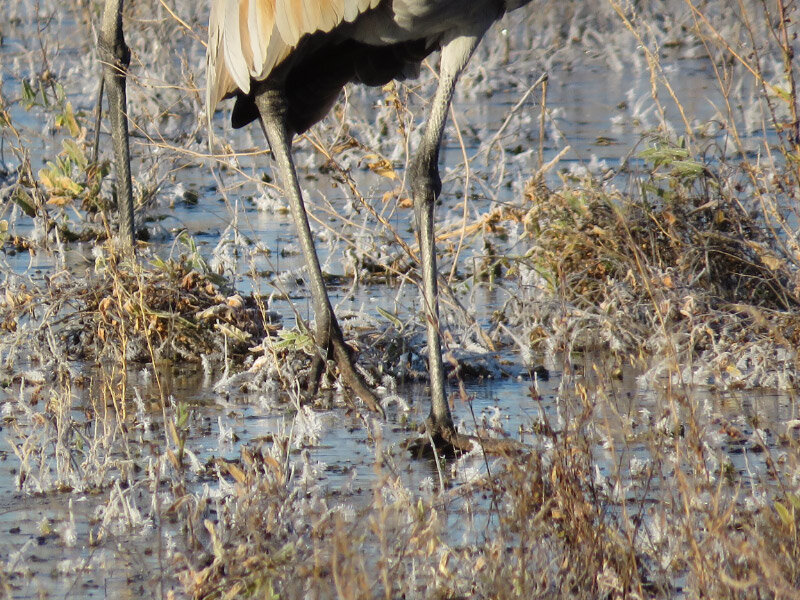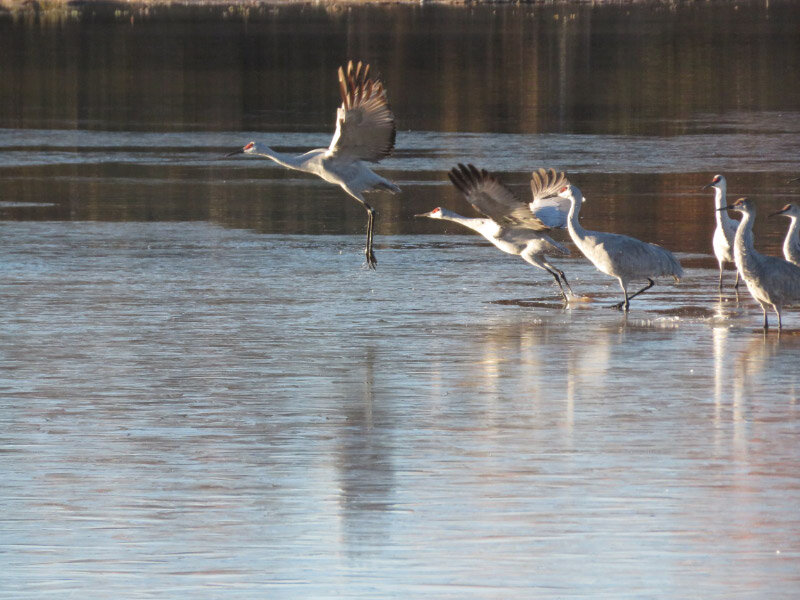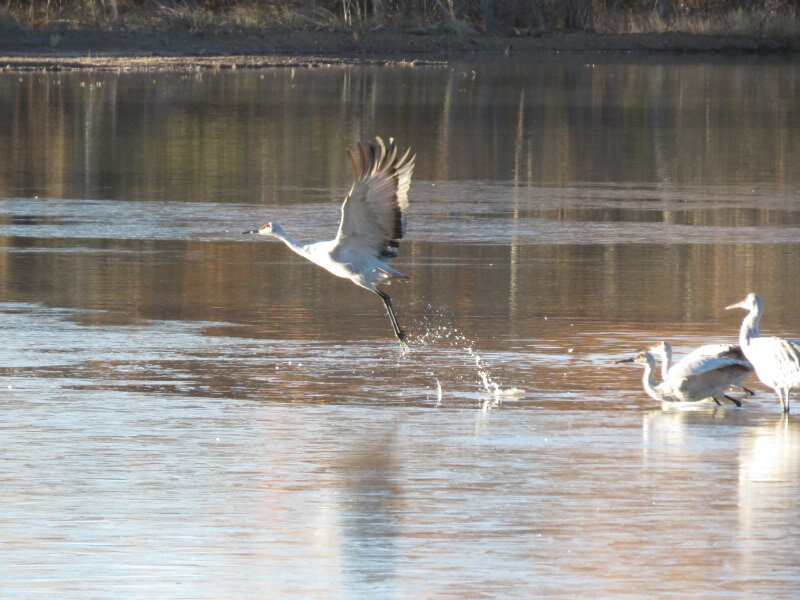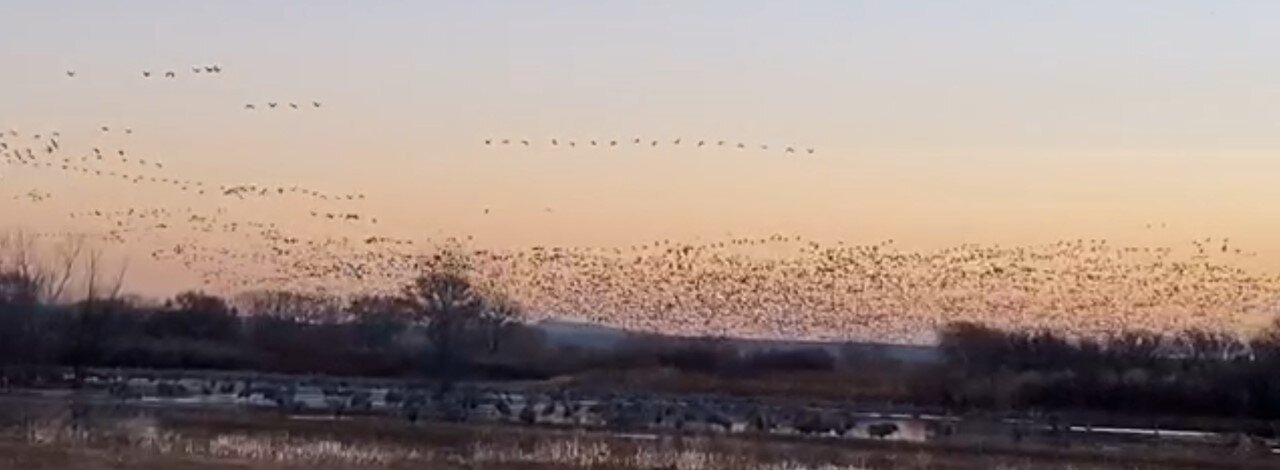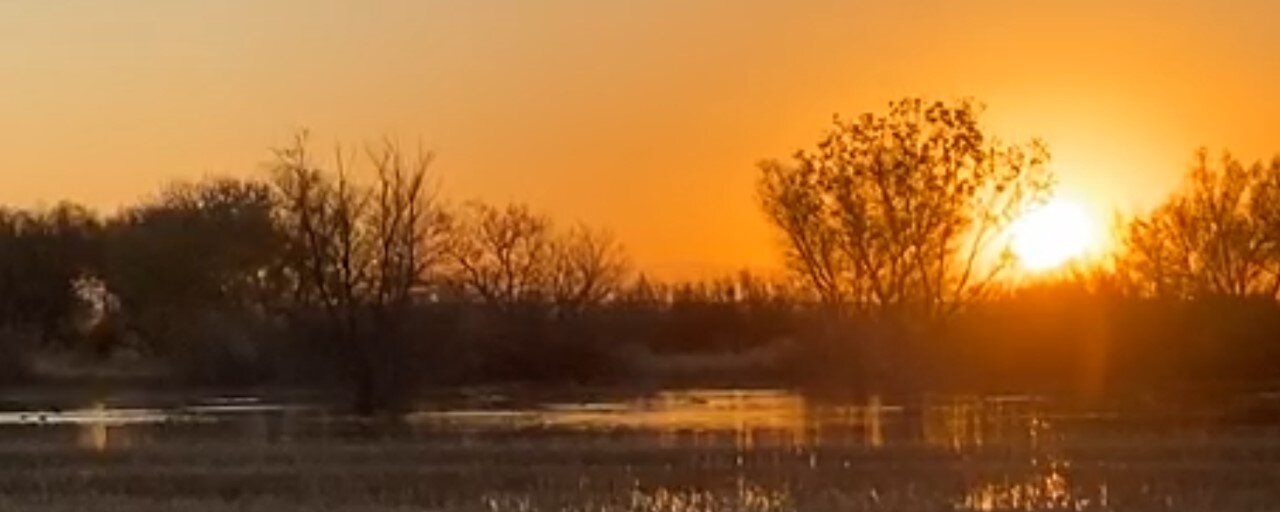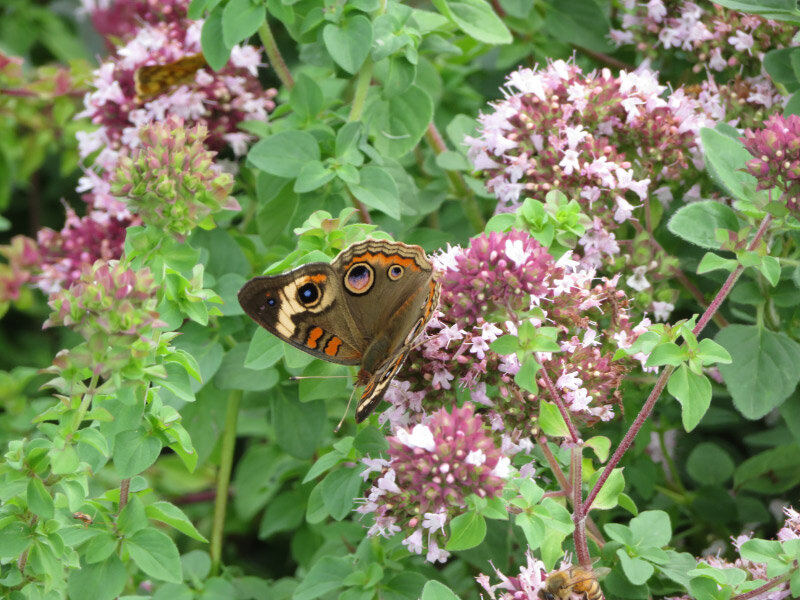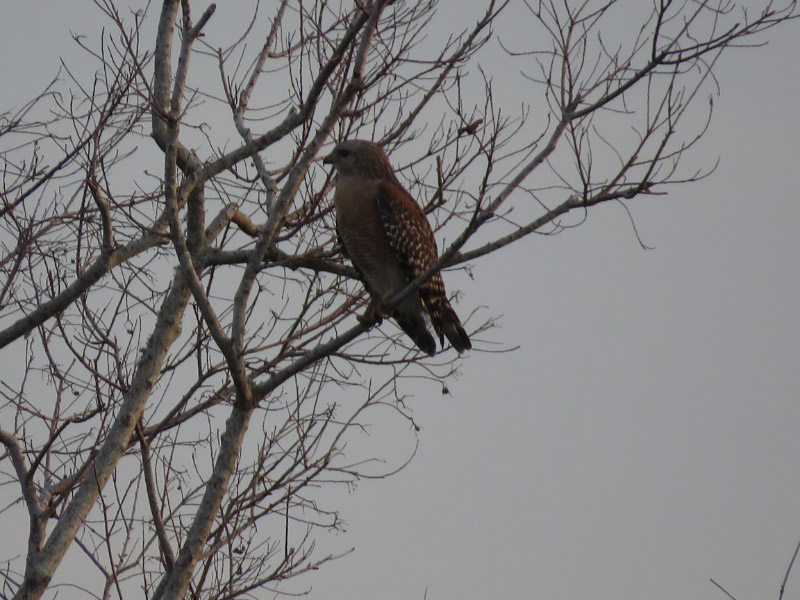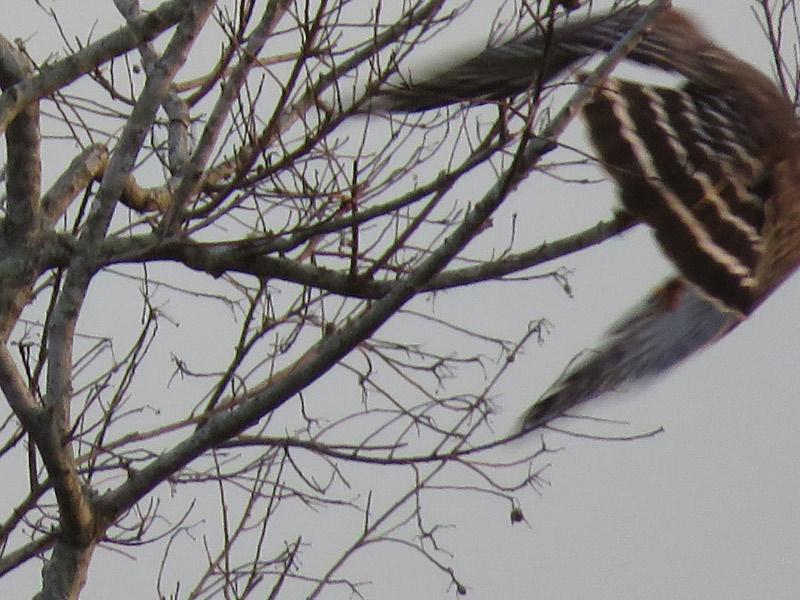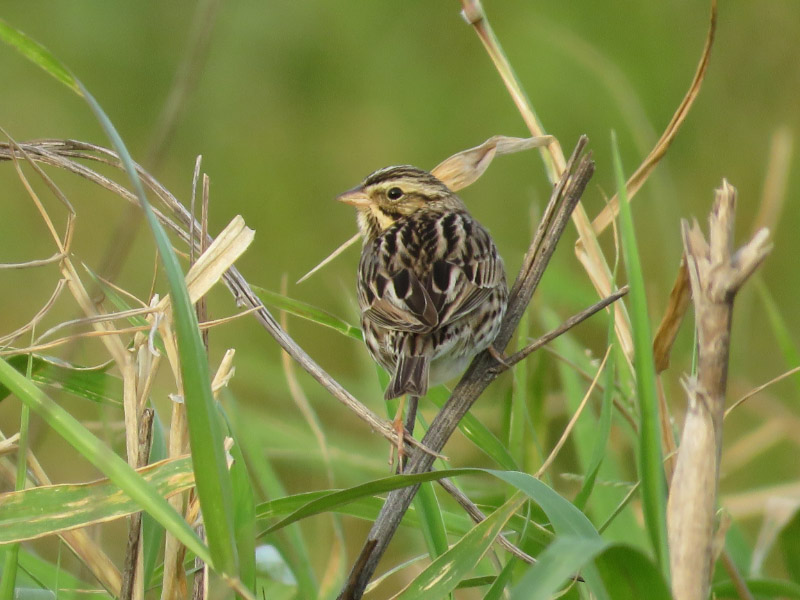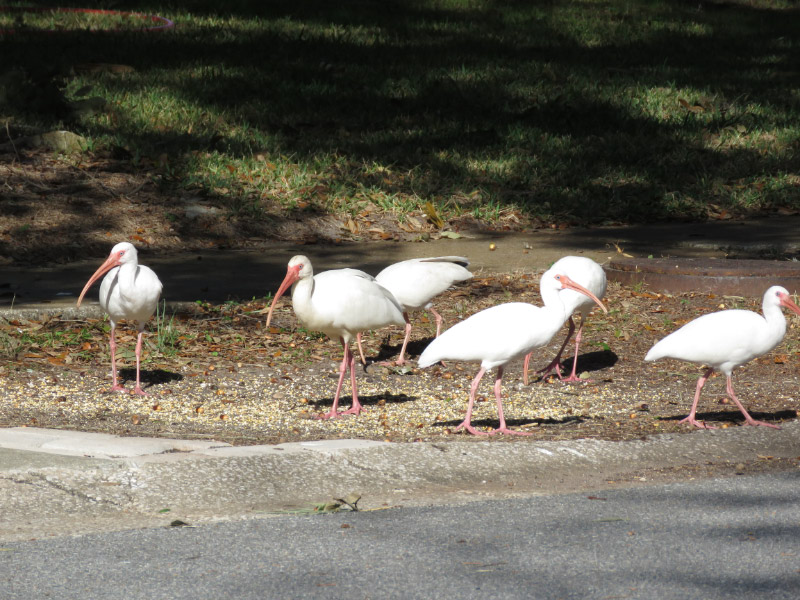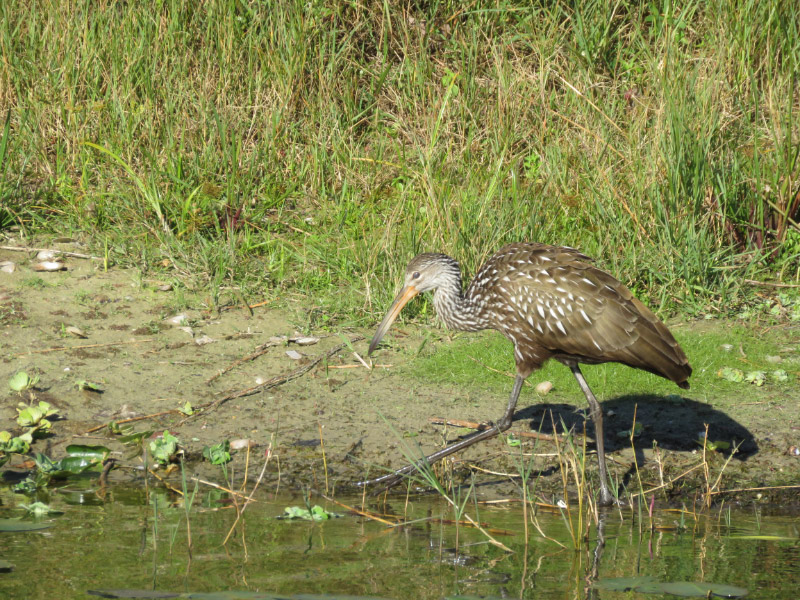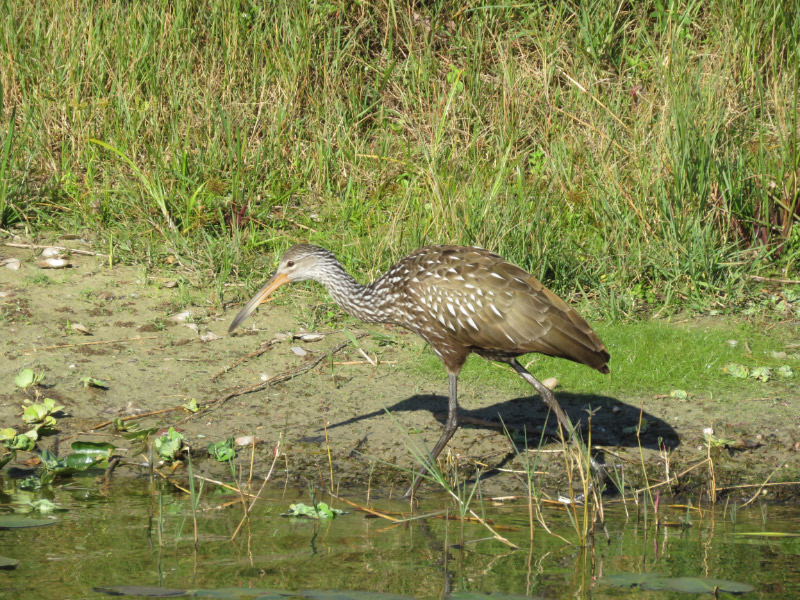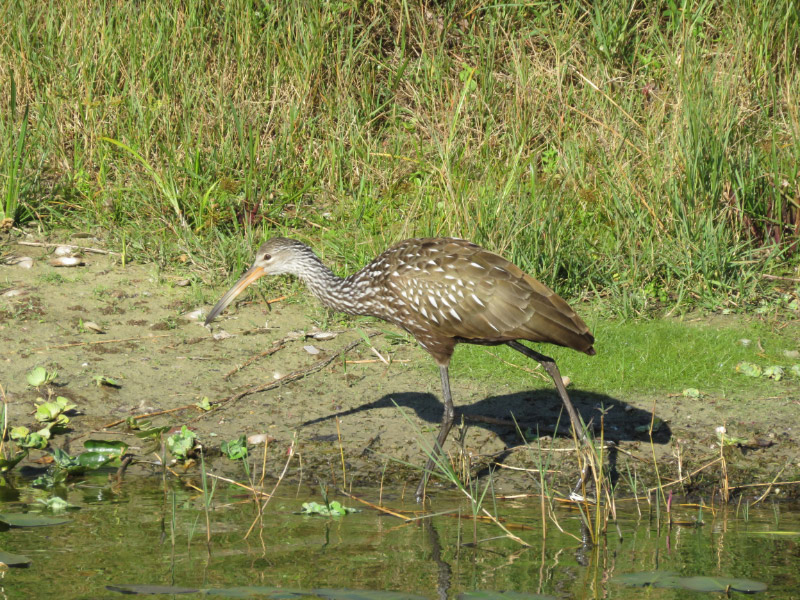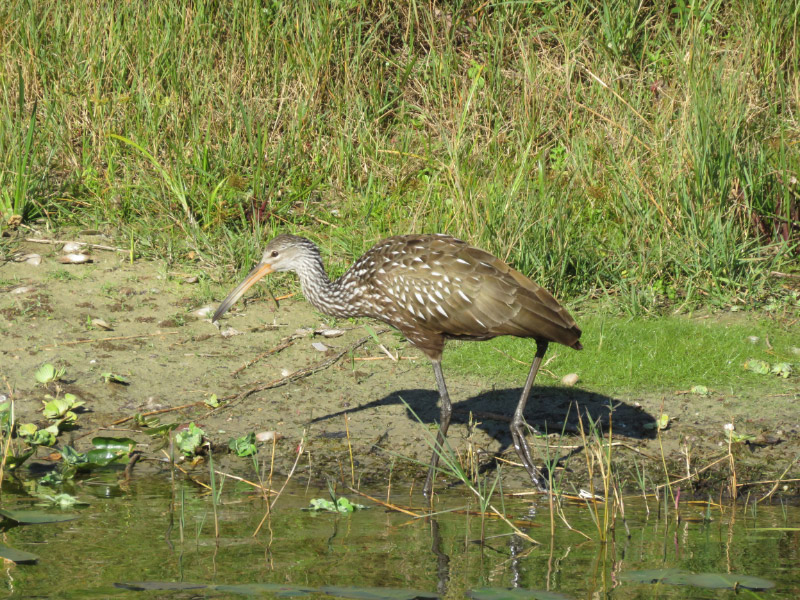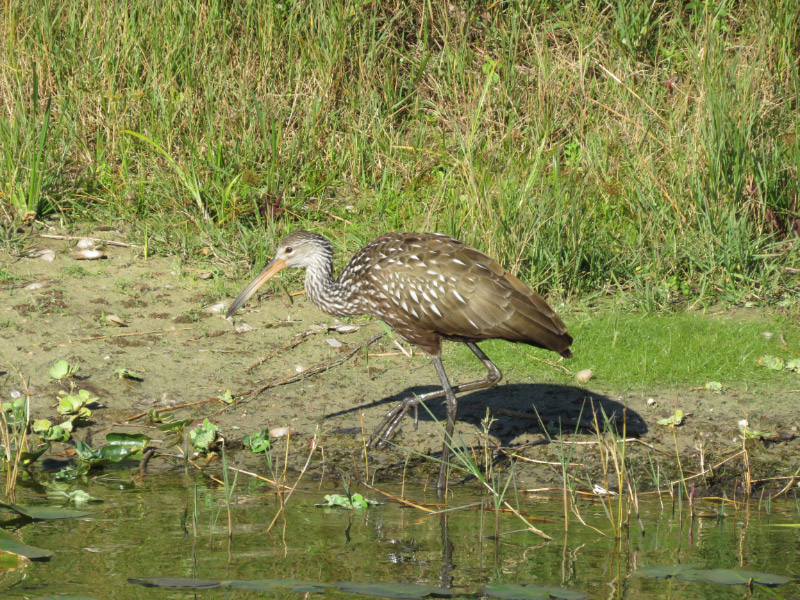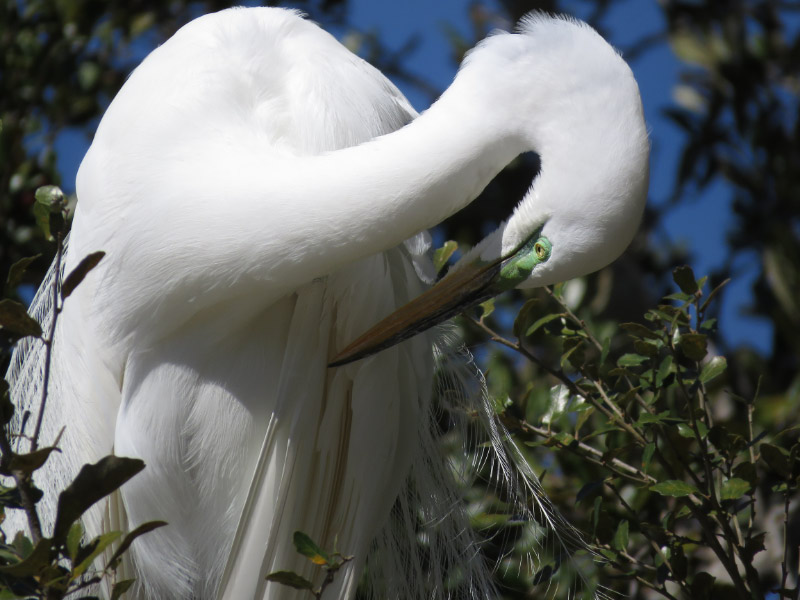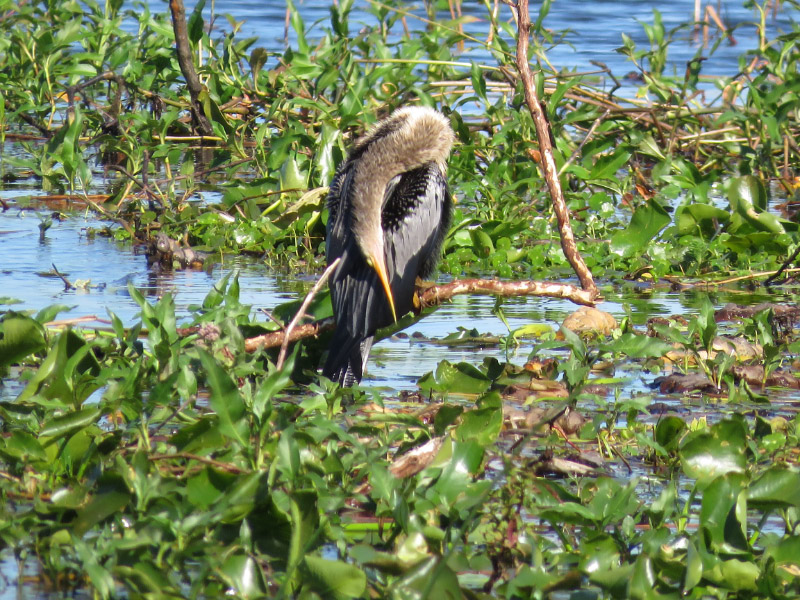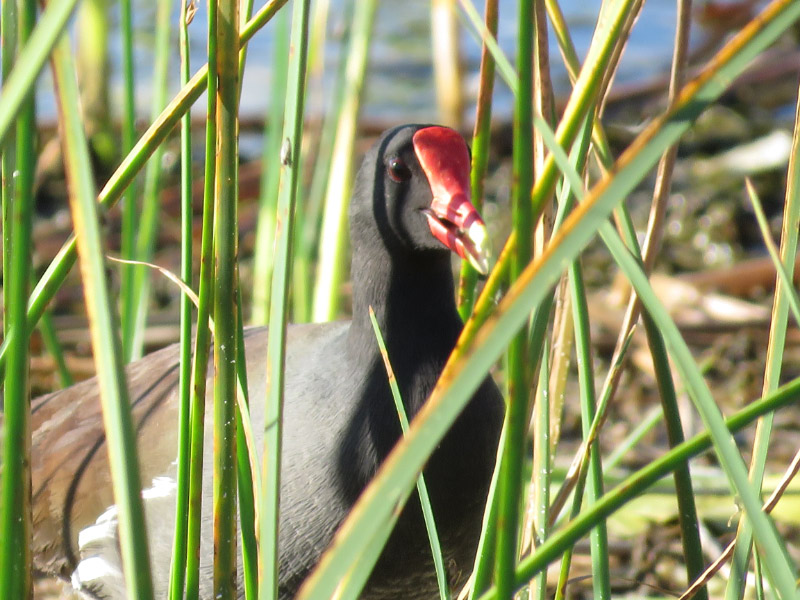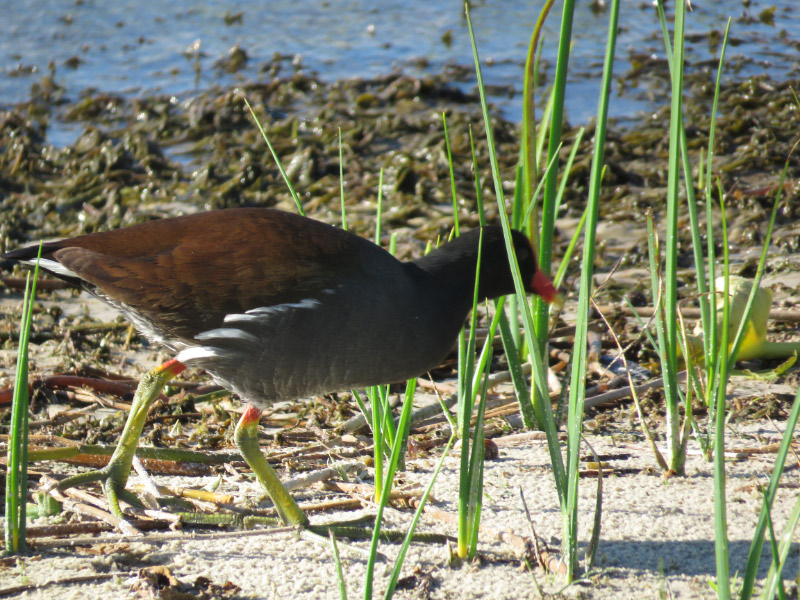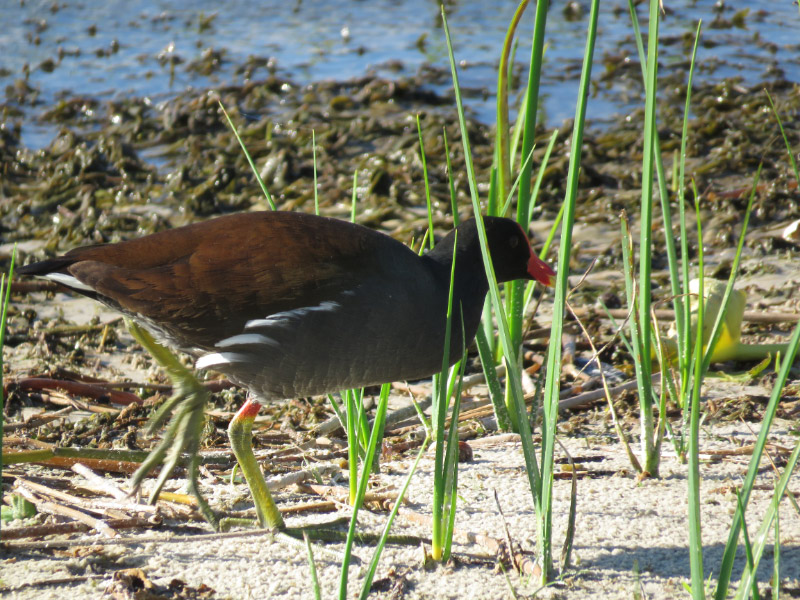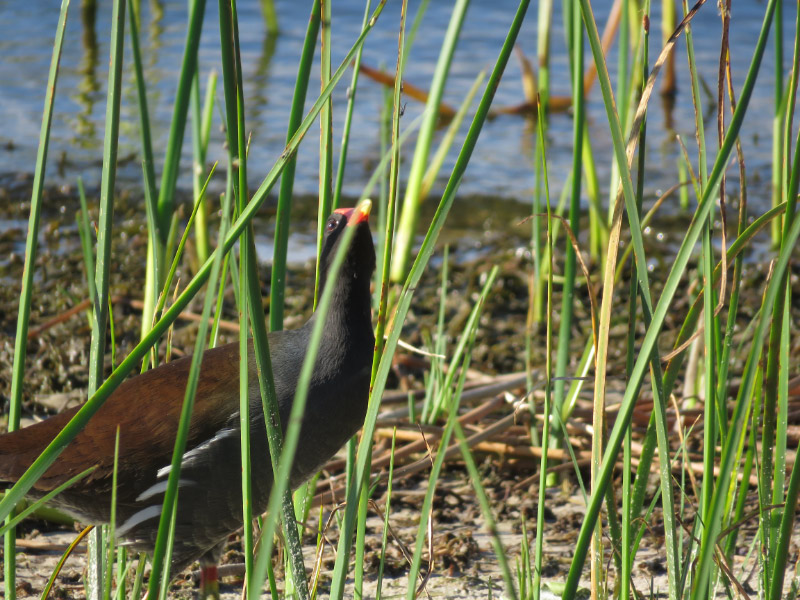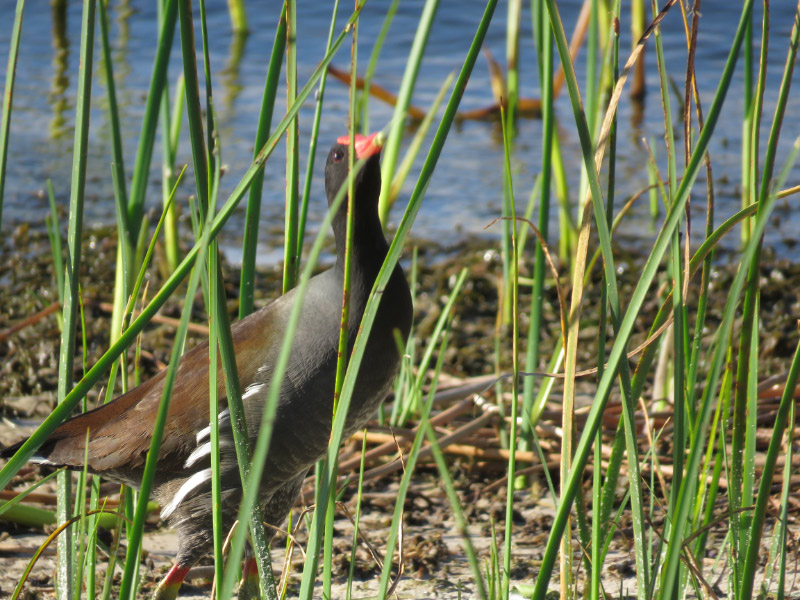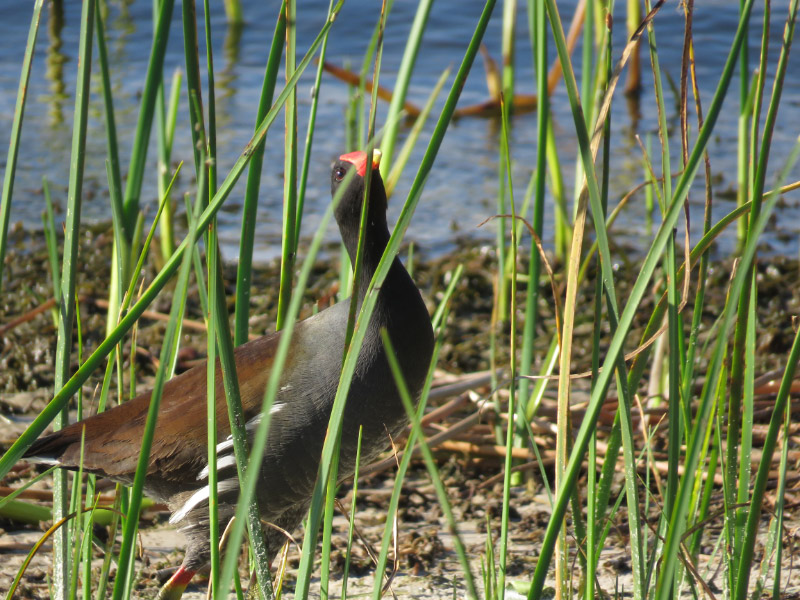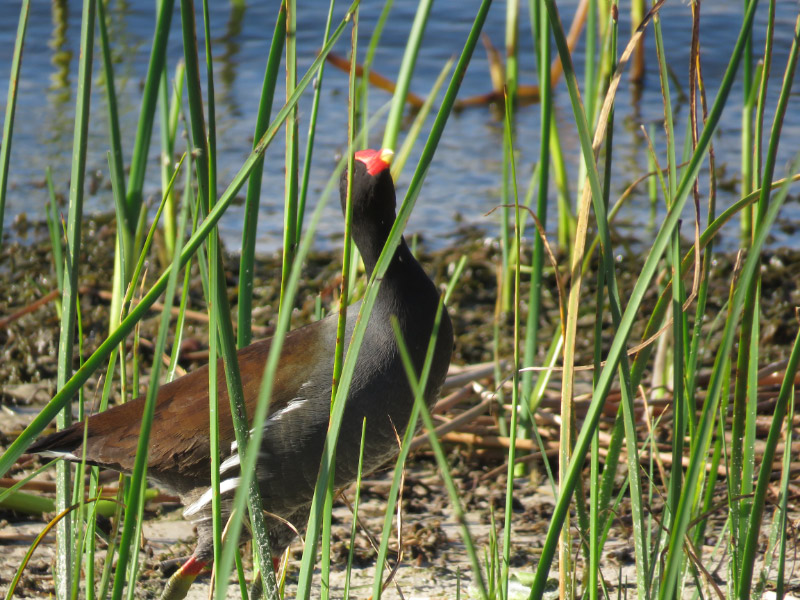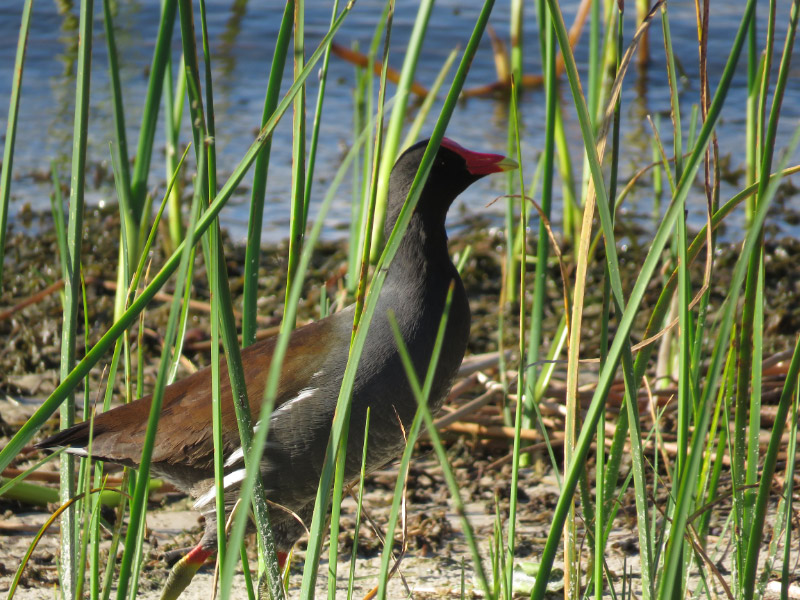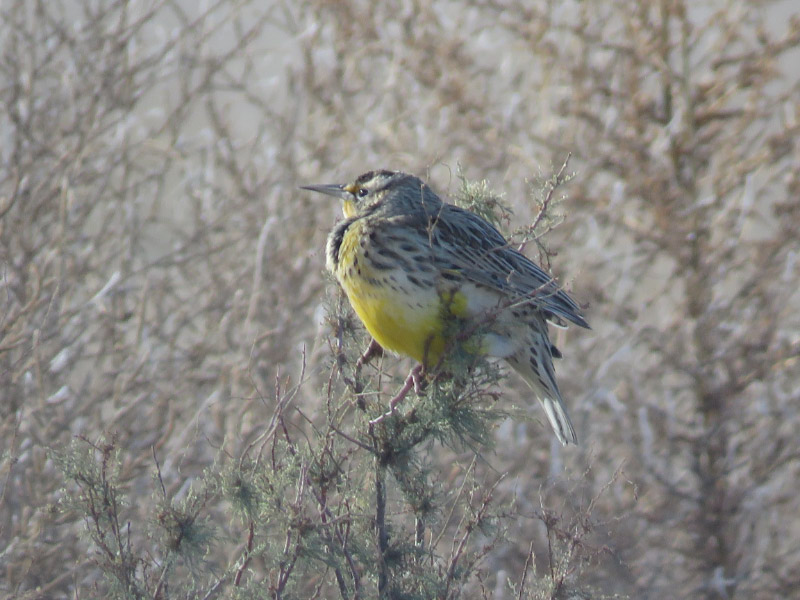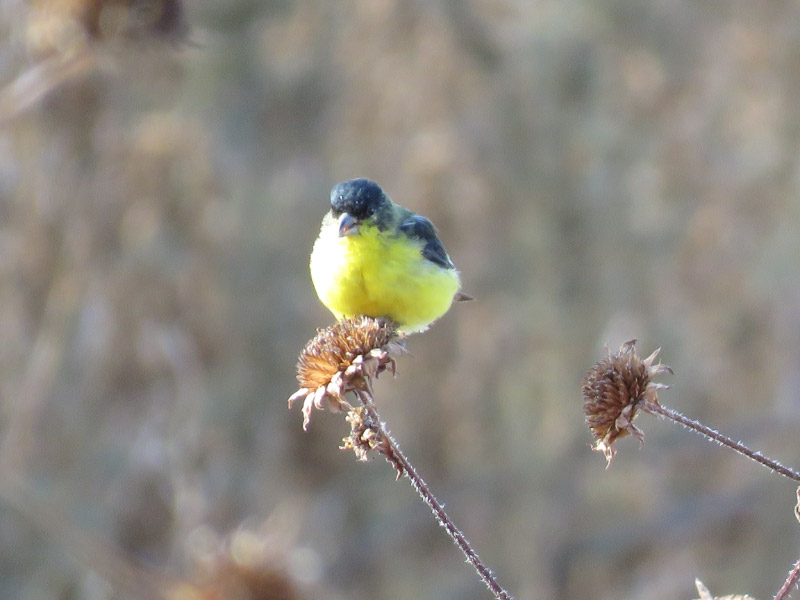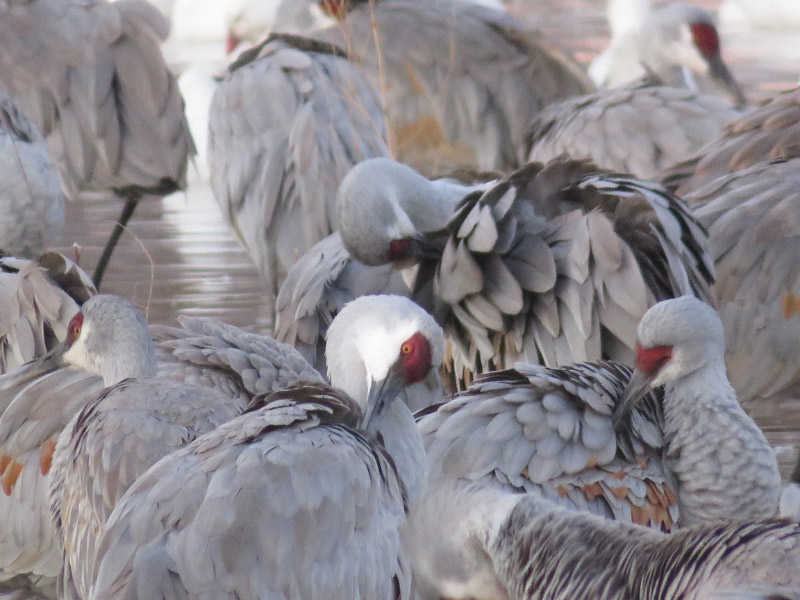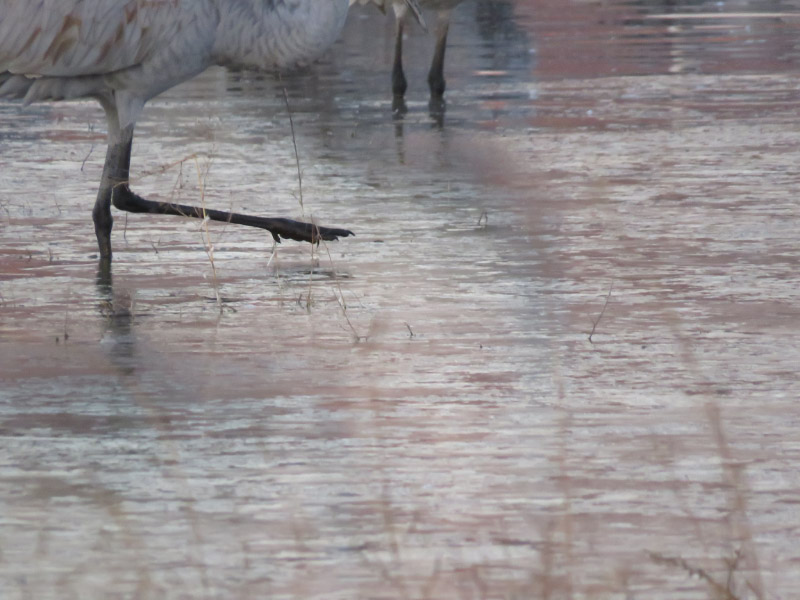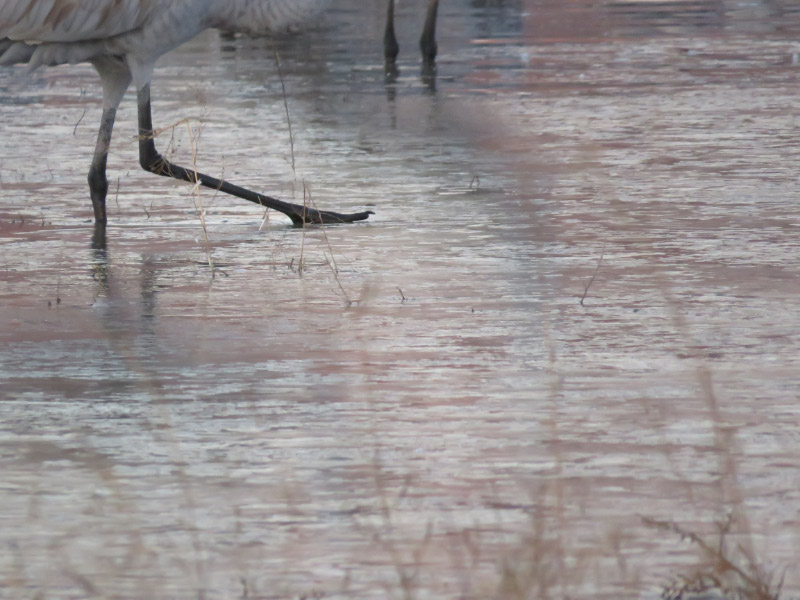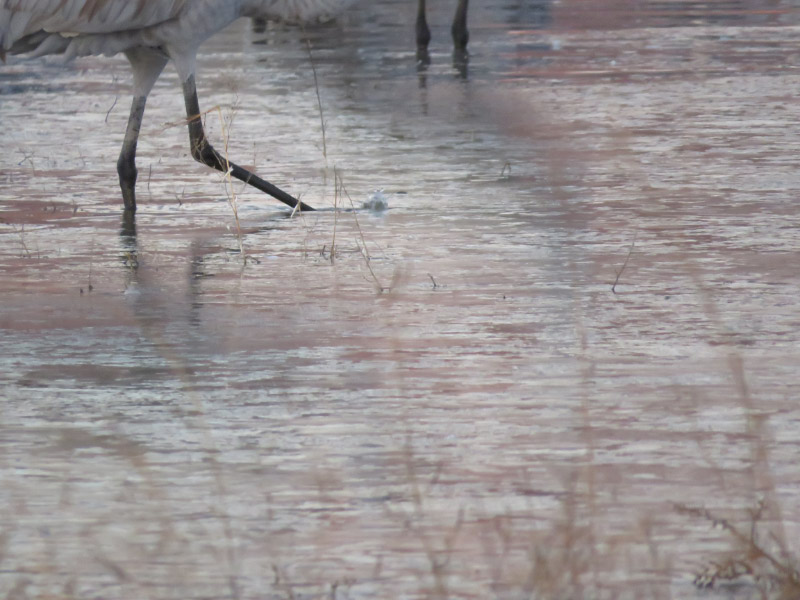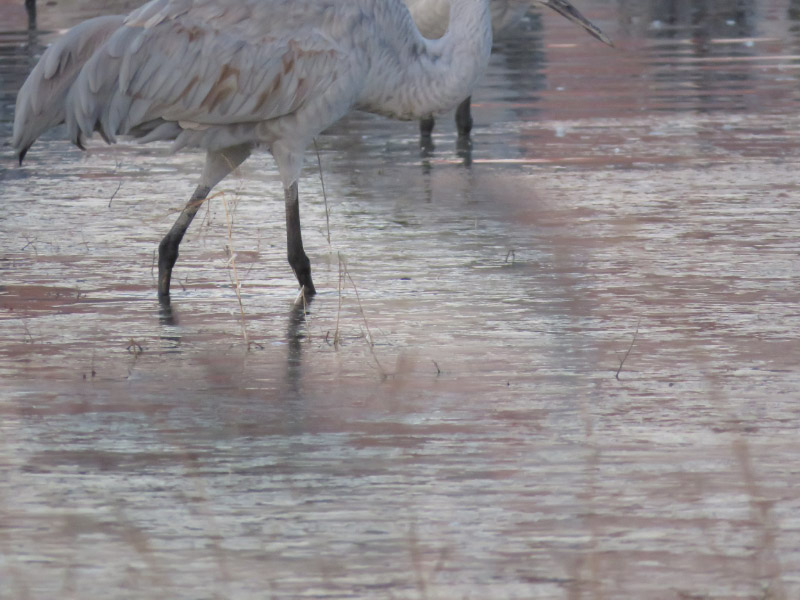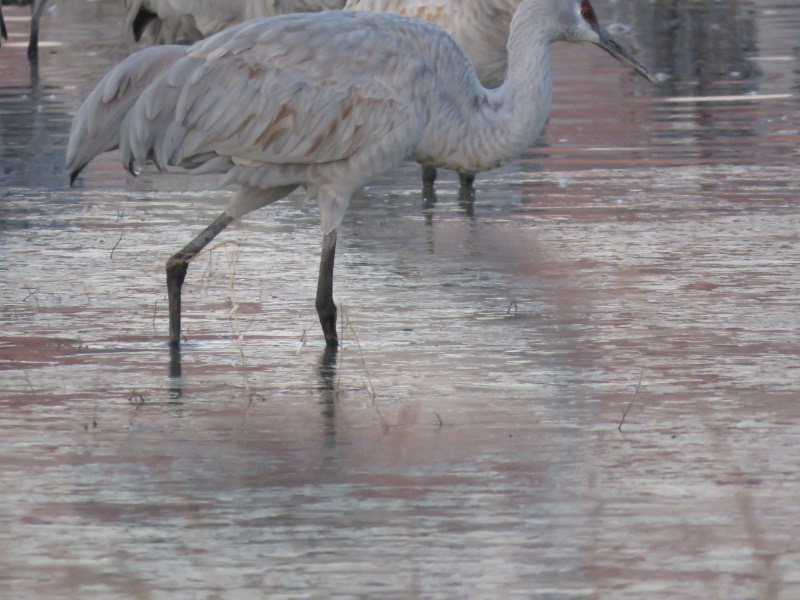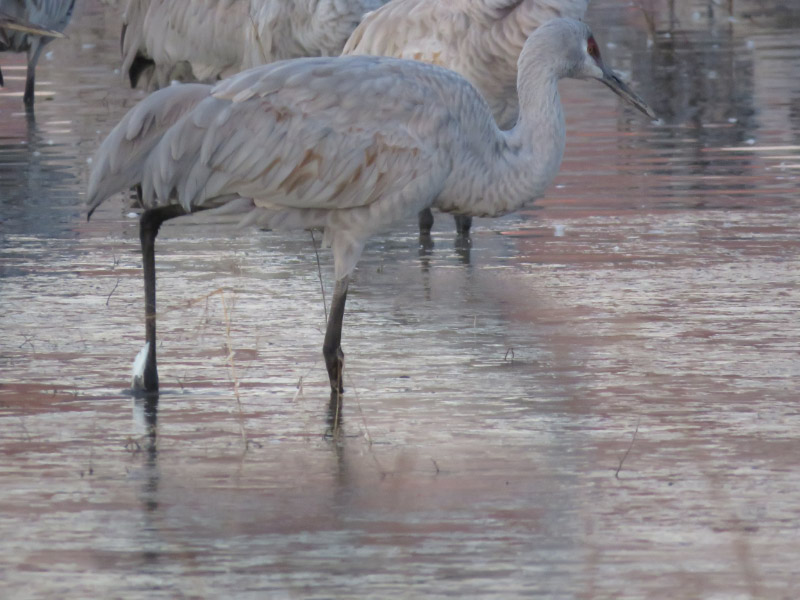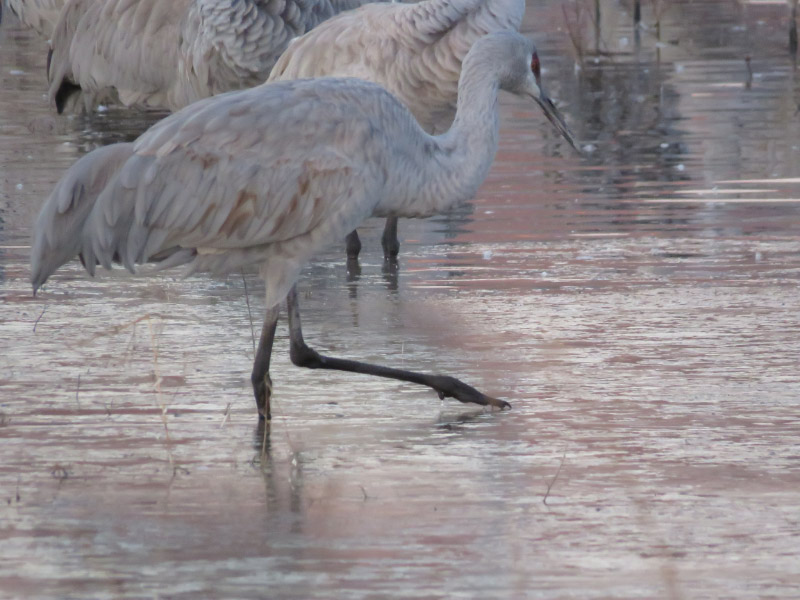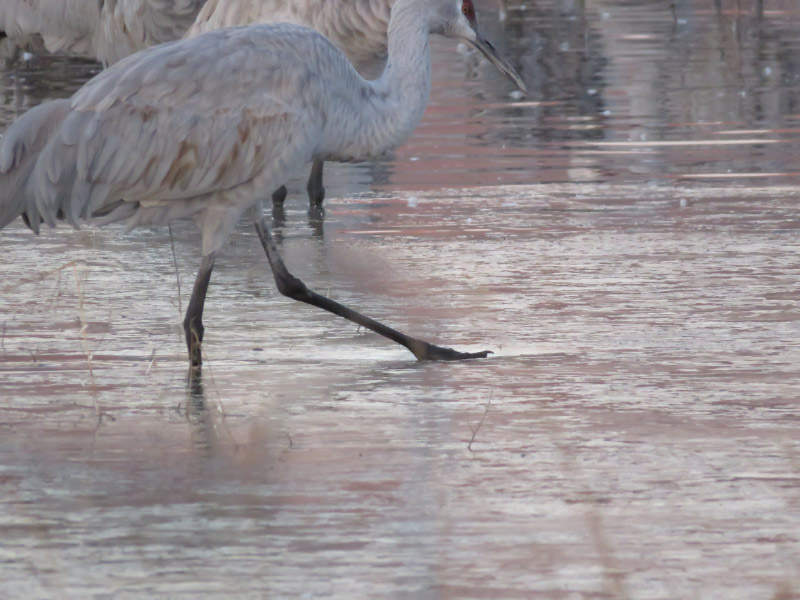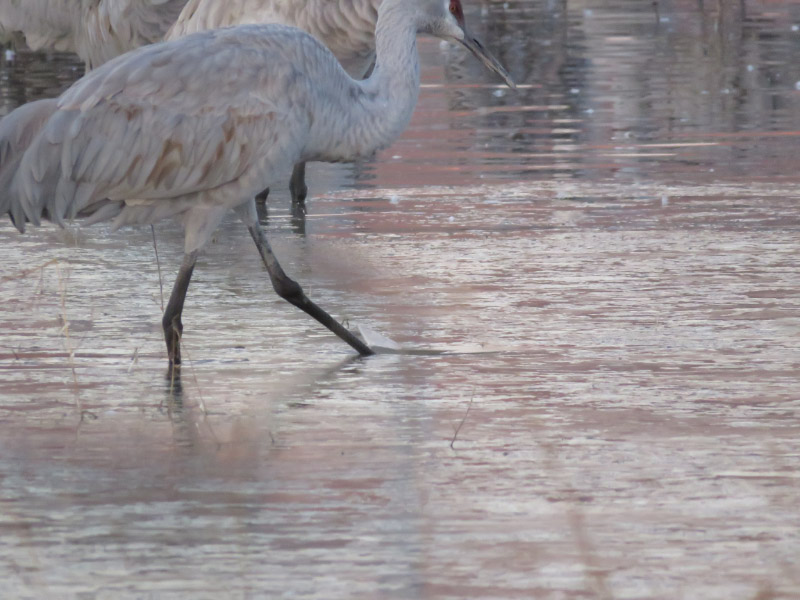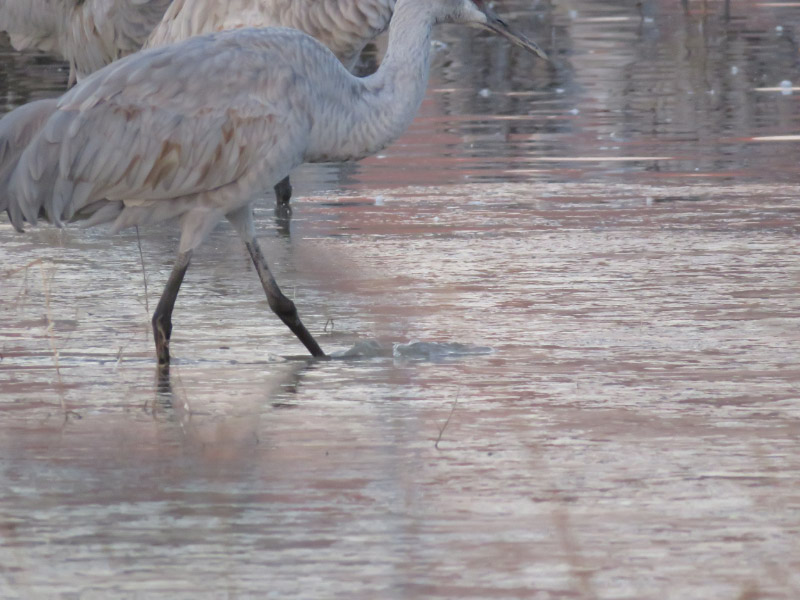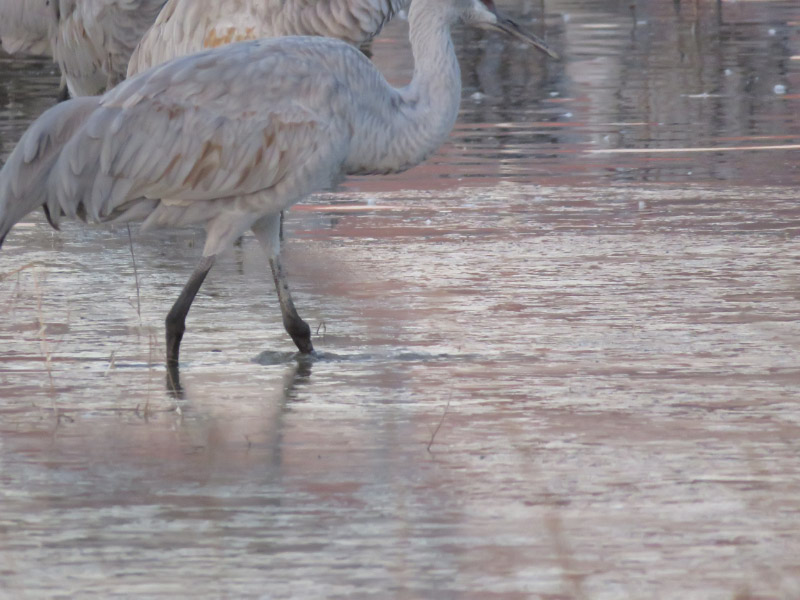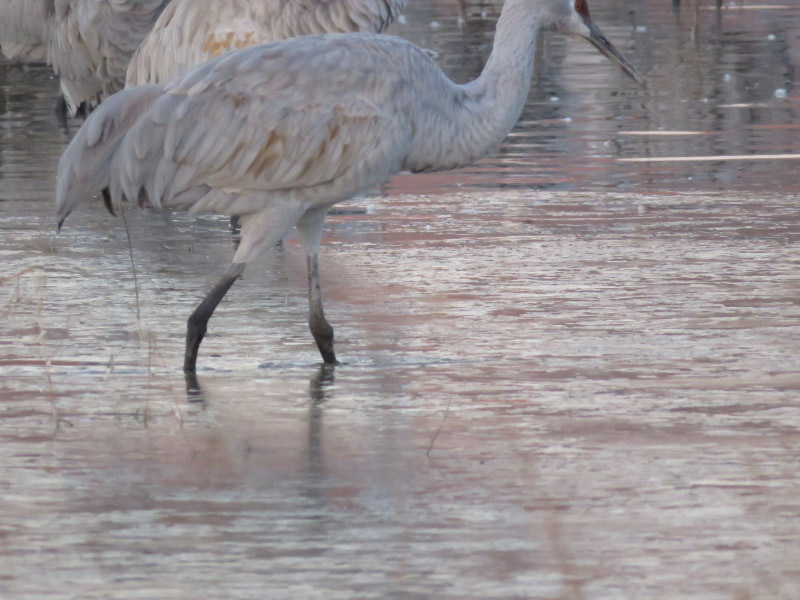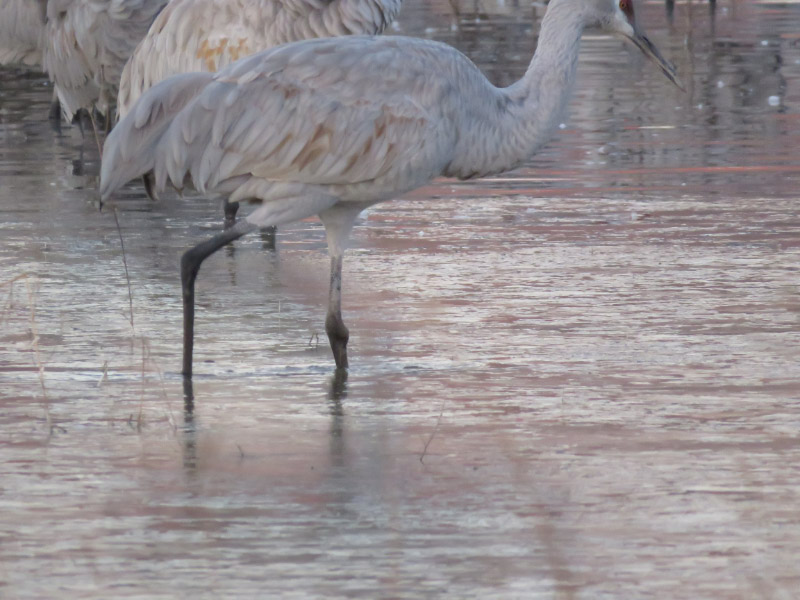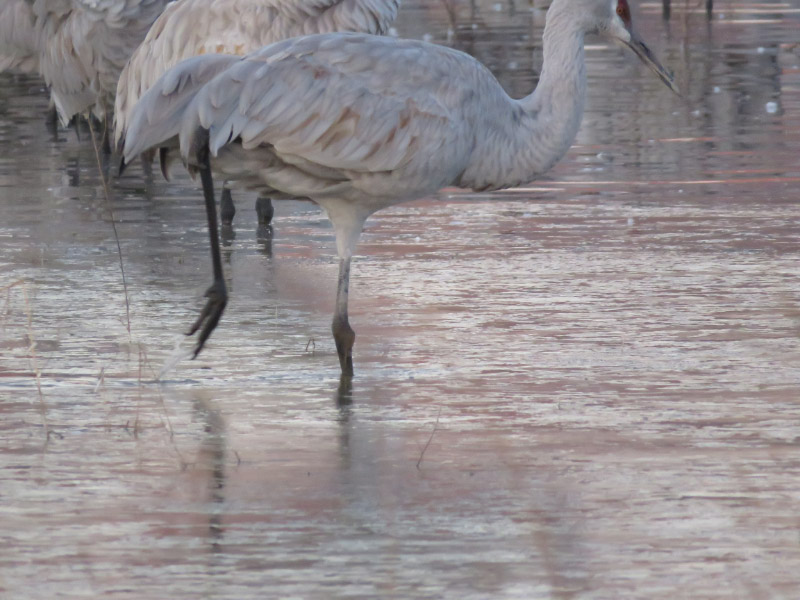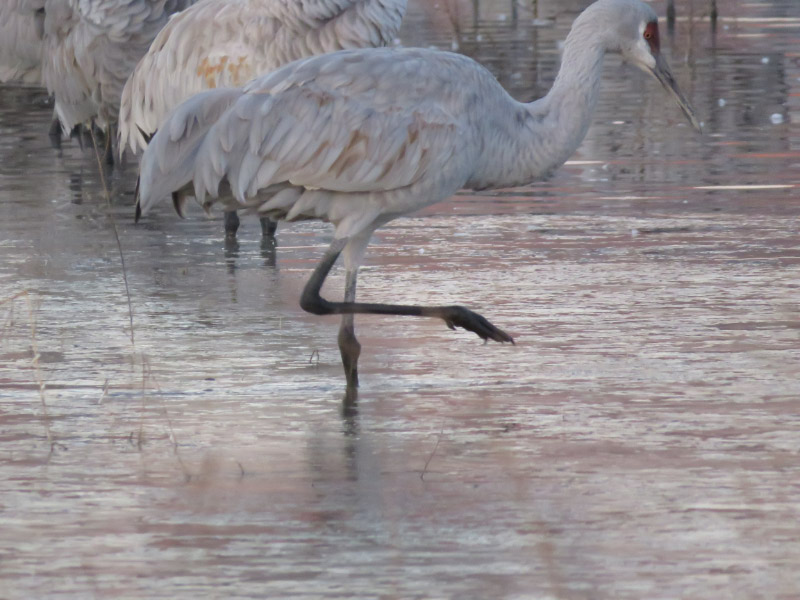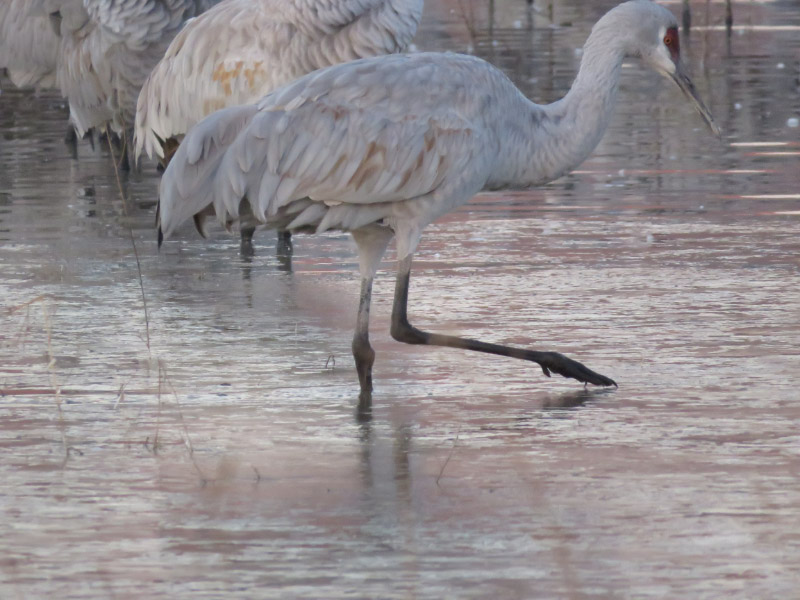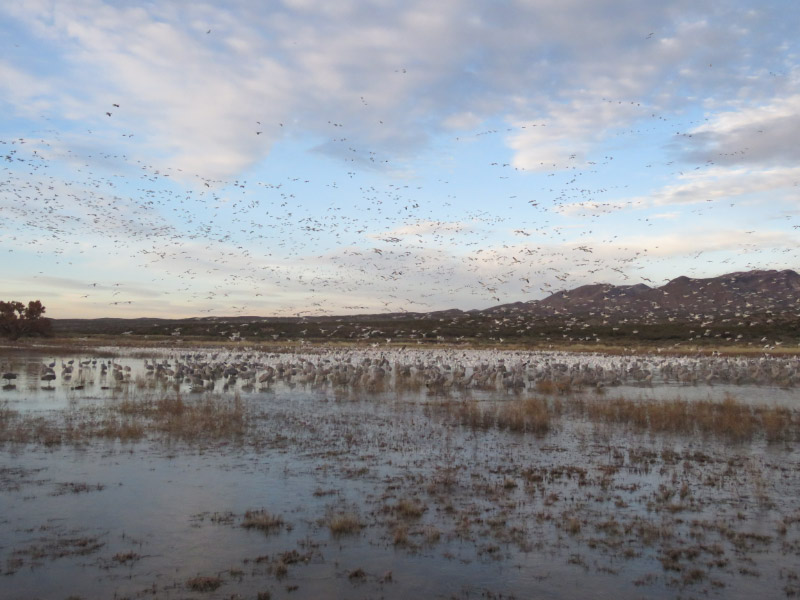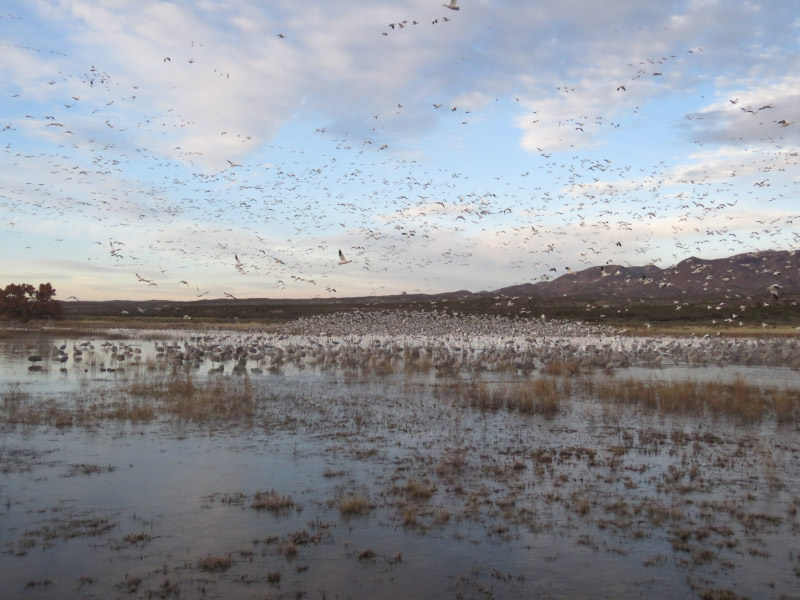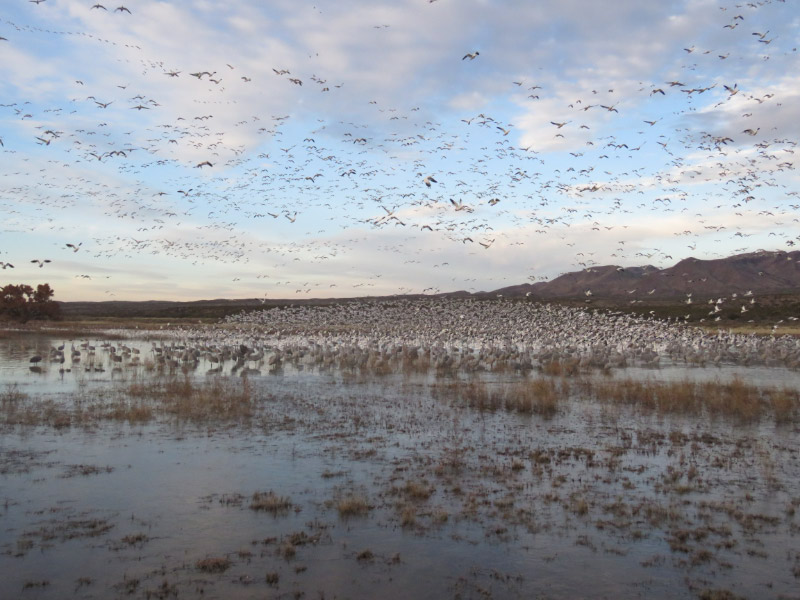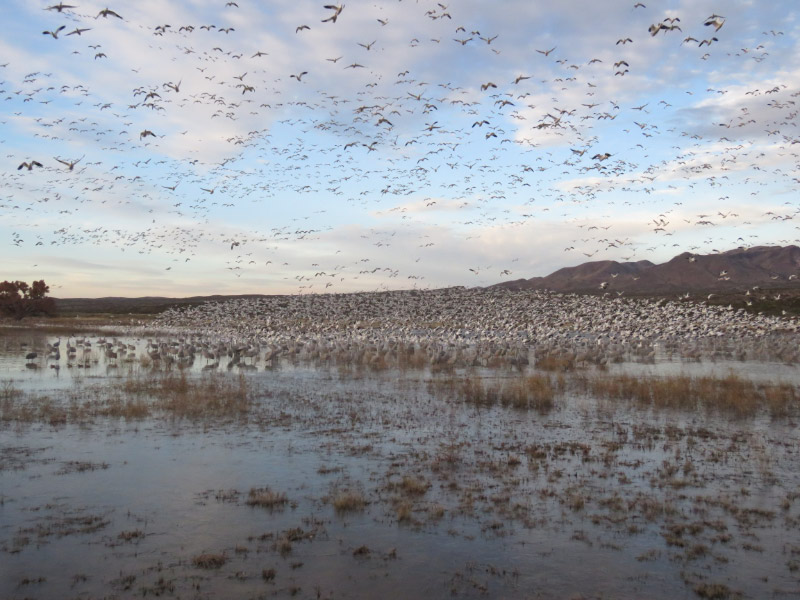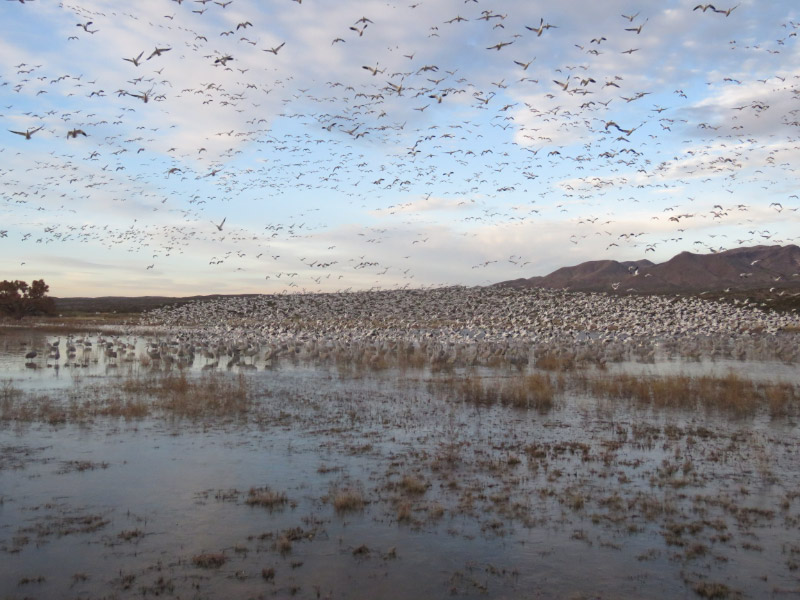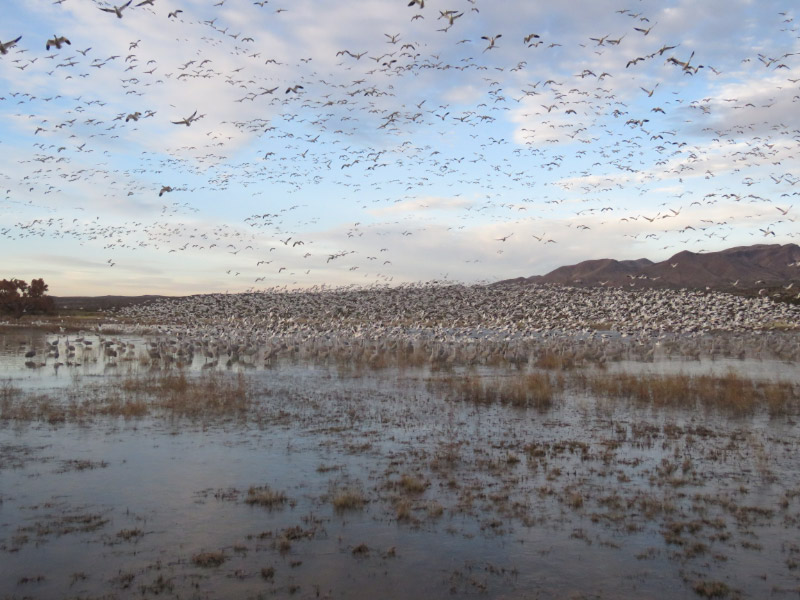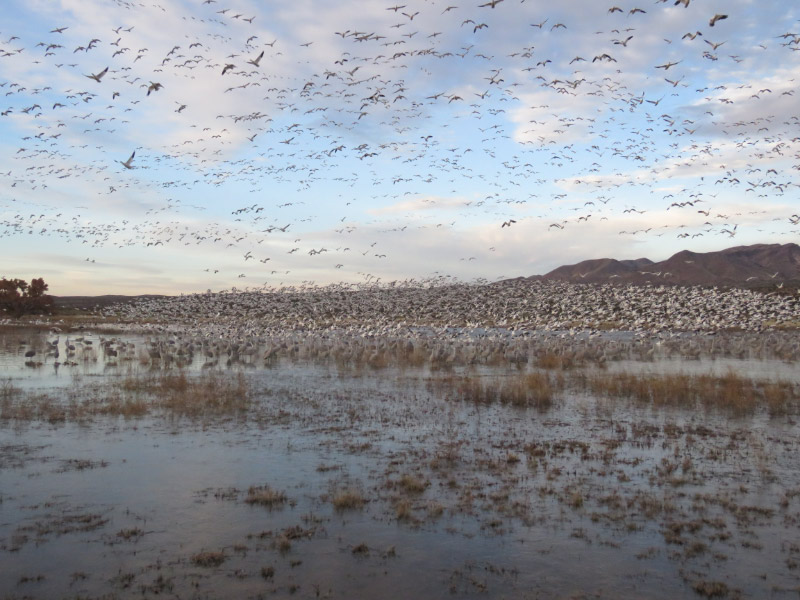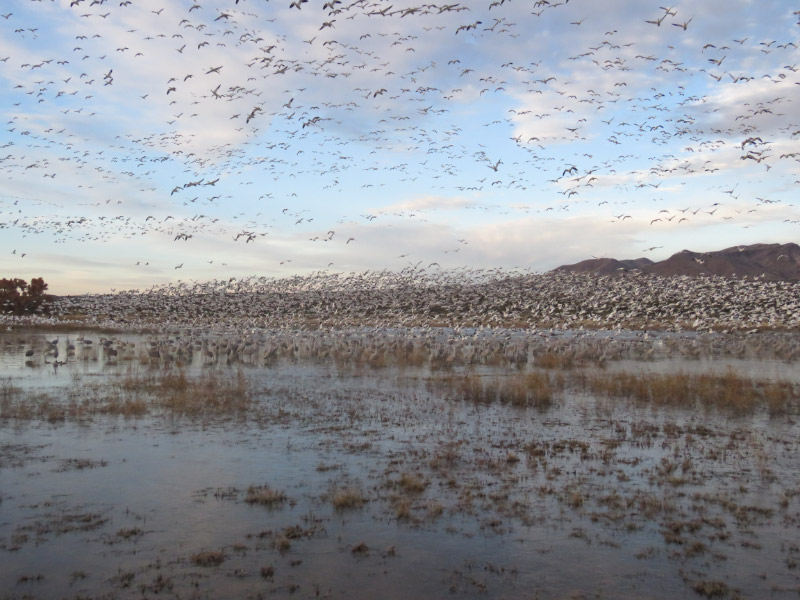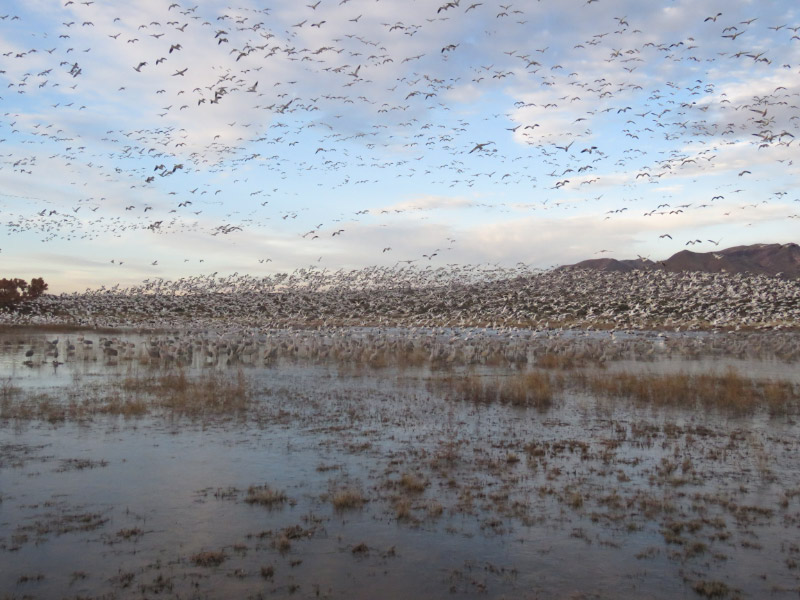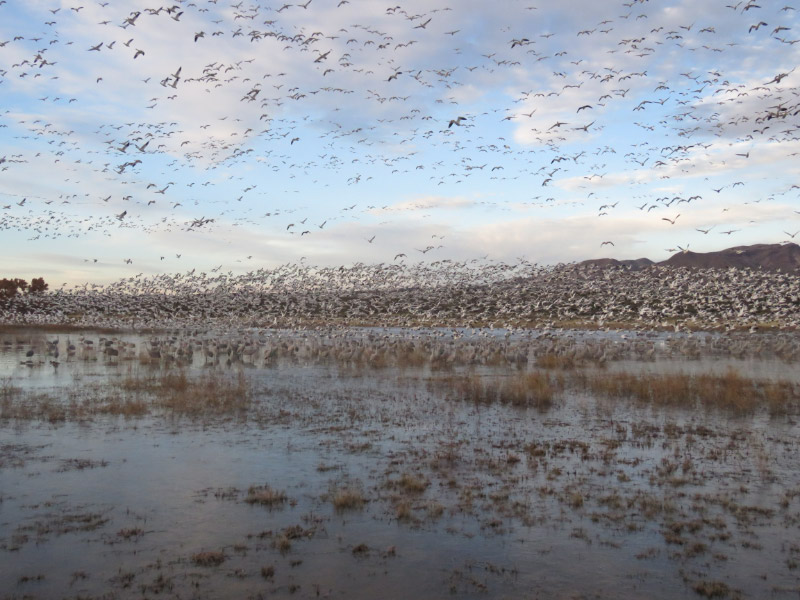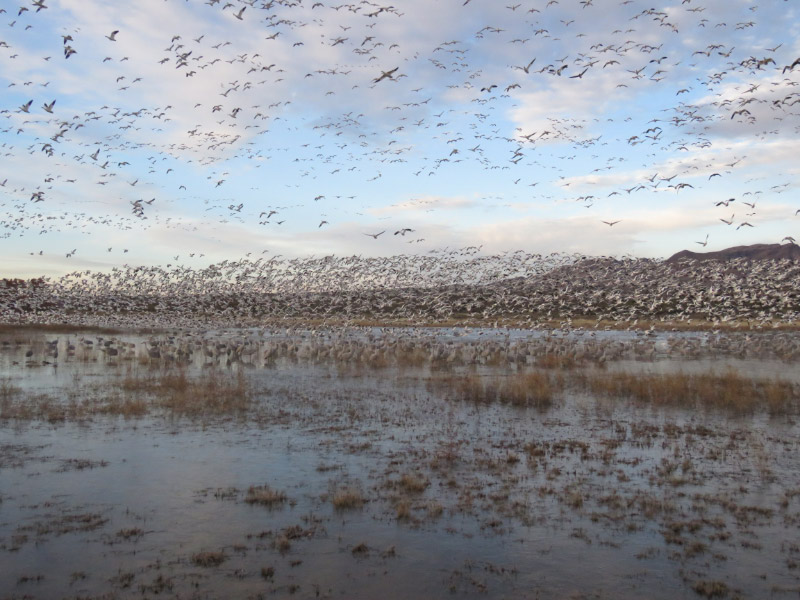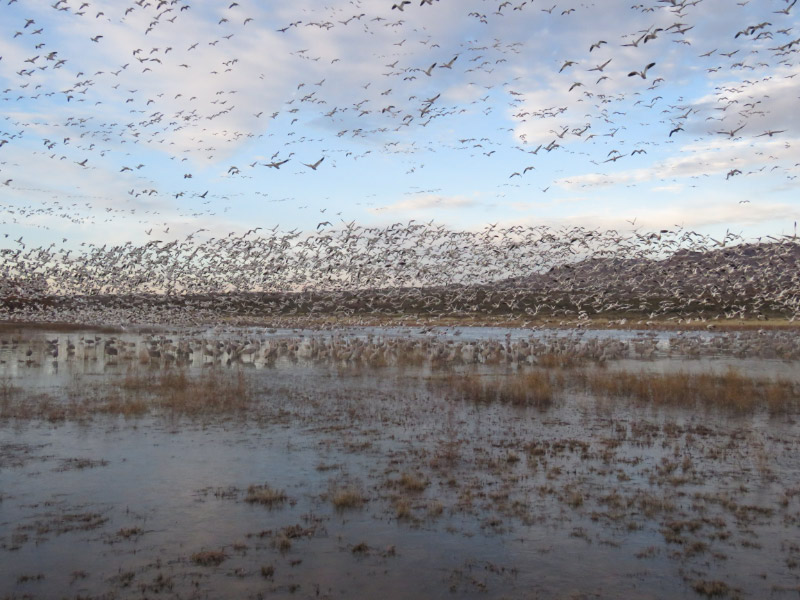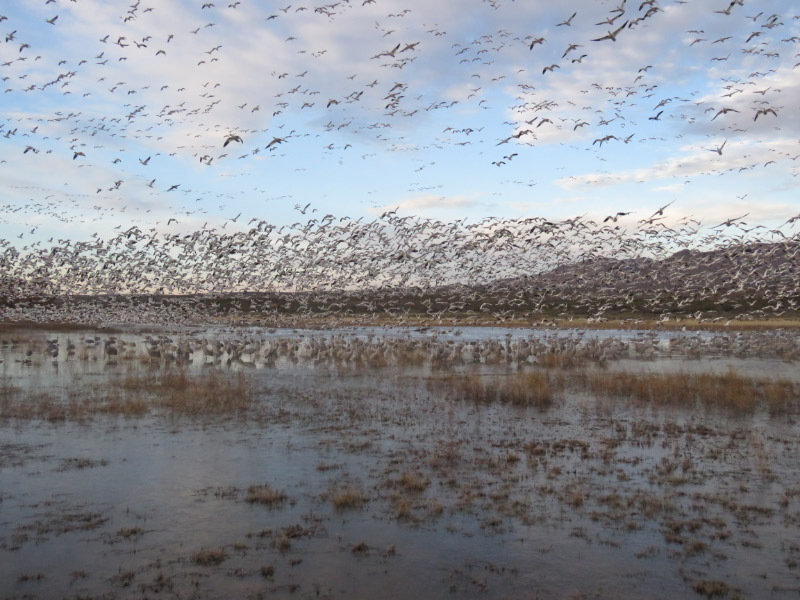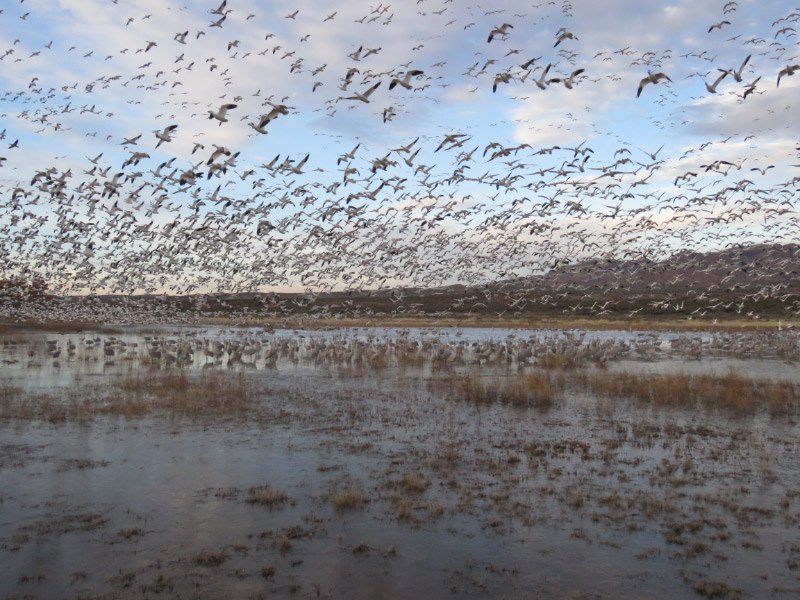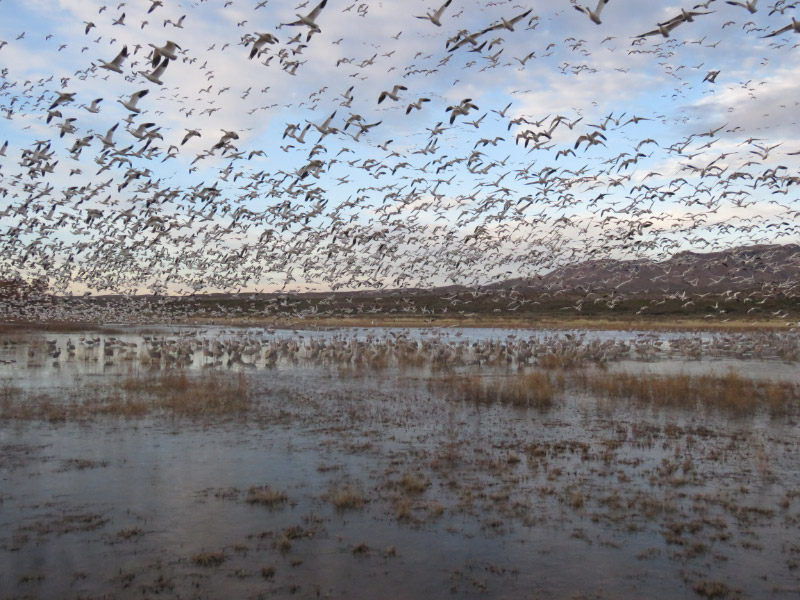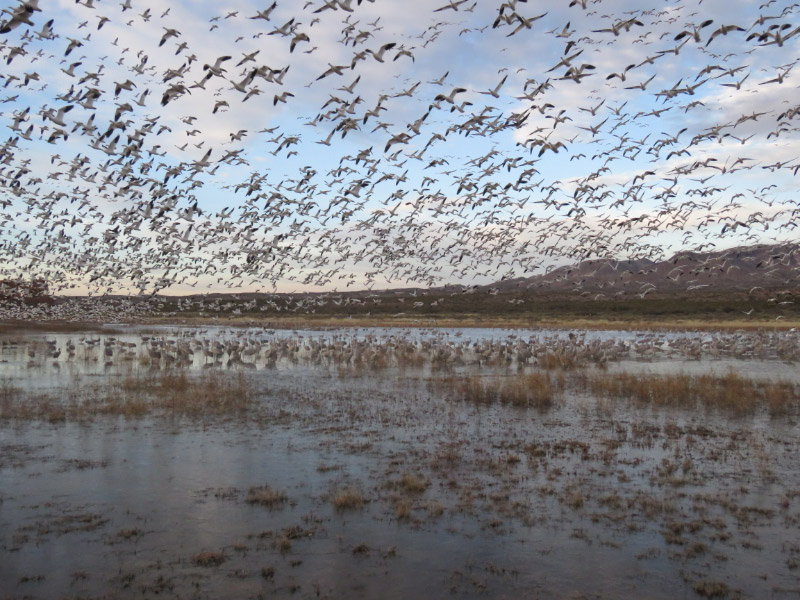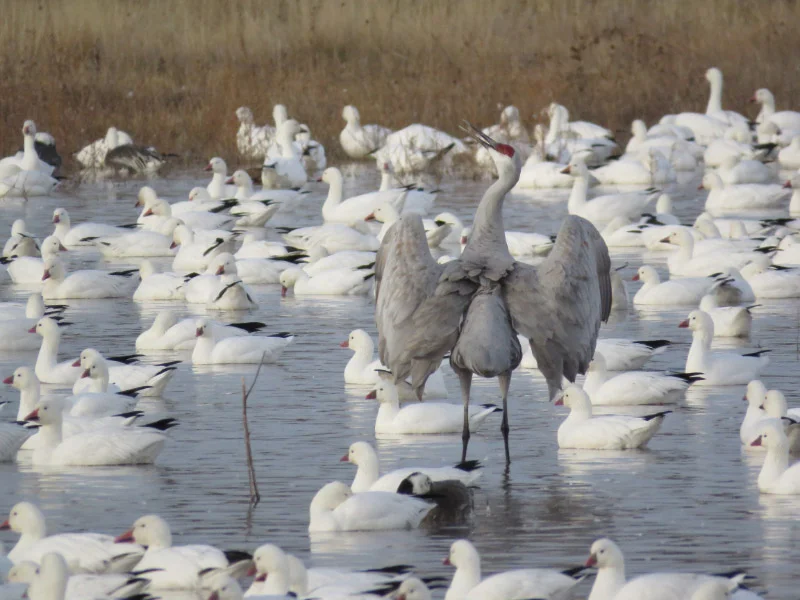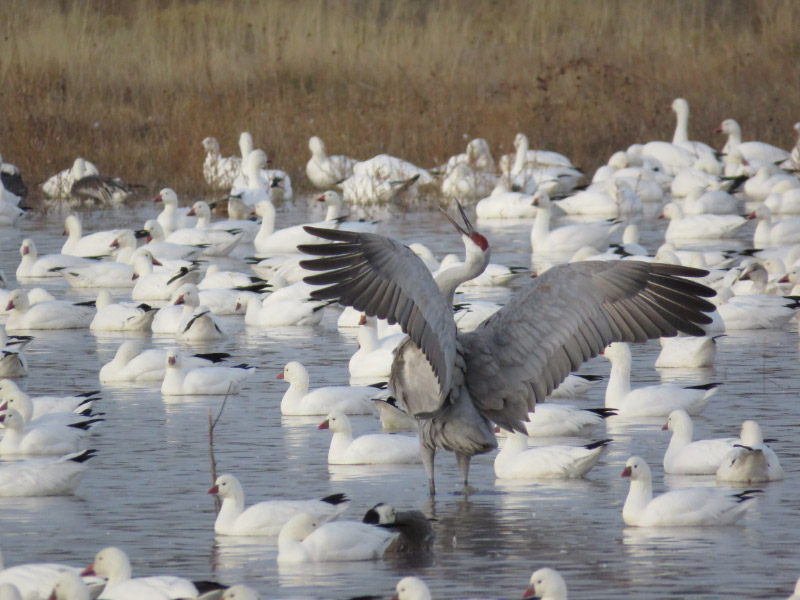Gleanings of the Week Ending March 15, 2025
/The items below were ‘the cream’ of the articles and websites I found this past week. Click on the light green text to look at the article.
The Largest Harbor in Ancient Greece Is Centuries Older Than We Thought - A discovery of lead pollution and 5 lumps of brown coals were carbon dated to the days of the Bronze Age.
When This Brilliant Author Died, She Left Behind a Legacy of Grief, Haunting Poetry and Surprising Resilience – I remember reading Silvia Plath books as a teenager.
Maple seeds’ unique spinning motion allows them to travel far even in the rain, a new study shows – Autorotation keeps the seeds in the air for longer, so they travel farther. The researchers studied how raindrops that hit the seeds reduce the time they are in the air. The next part of the study will look at rolling samaras (from tulip poplar and ash trees).
Rare Footage Shows Baby Polar Bears Emerging from Their Den in the Arctic - At birth, polar bears are blind, nearly hairless and weigh just over a pound—about the same as a loaf of bread. But they spend their first few months snuggled inside a snowy den, fattening up on their mother’s milk. By the time they emerge in the spring, the cubs are covered in fluffy white fur and weigh 22 to 26 pounds. Scientists have managed to capture rare footage of a polar bear mother and her cubs leaving their den in the Arctic for the first time.
Summer Heat Wave in South America - In February 2025, an area of high pressure parked over the southern Atlantic Ocean, causing temperatures to soar in parts of South America. As of February 27, Argentina noted that six provinces were under a red-level (very dangerous) alert for extreme heat.
The world's strongest ocean current should be getting faster – instead, it is at risk of failing – The Antarctic Circumpolar Current - five times stronger than the Gulf Stream and more than 100 times stronger than the Amazon River. Fresh, cool water from melting Antarctic ice is diluting the salty water of the ocean, potentially disrupting the vital ocean current.
More Than 1,500 Sandhill Cranes Killed by Bird Flu in Indiana - In recent weeks, biologists with the Indiana Department of Natural Resources have counted hundreds of dead sandhill cranes statewide. At least 500 of the birds were found dead in Jackson County, in the south-central part of the state, in early January. So far, no sick or dead cranes have been reported in Nebraska.
Inside the Clear Waters of England’s Ancient Chalk Streams - A globally rare type of waterway found almost exclusively in England—these rivers’ specific features both create rare biodiverse habitats and make them uniquely vulnerable. Burbling up from aquifers formed in chalk layers that date back to the Cretaceous Period, these rivers exist only where chalk sits close to the Earth’s surface. That’s why of the 200-odd identified chalk streams in the world, nearly all of them are found in England, where 66 million years ago a shallow seabed collected the skeletons of aquatic creatures—the makings of chalk. Ideal habitat for trout and Atlantic salmon.
How our lungs back up the bone marrow to make our blood - Researchers at UCSF found hematopoietic stem cells (HSCs) in human lung tissue that make red blood cells, as well as megakaryocytes, which produce the platelets that form blood clots.
Gold Jewelry Found at Karnak Temple - Karnak was the largest and one of the most important religious sites in ancient Egypt. An Egyptian-French team was investigating the northwest sector of the precinct when they uncovered a ceramic vessel that contained a collection of gold jewelry and statuettes dating to the 26th Dynasty (664–526 b.c.). One of the statuettes depicts the Theban triad of gods: Amun, his wife Mut, and their son Khonsu. Archaeologists also discovered several mudbrick buildings dating to the same era that were likely used as workshops or storage facilities connected to the Karnak temples.




















